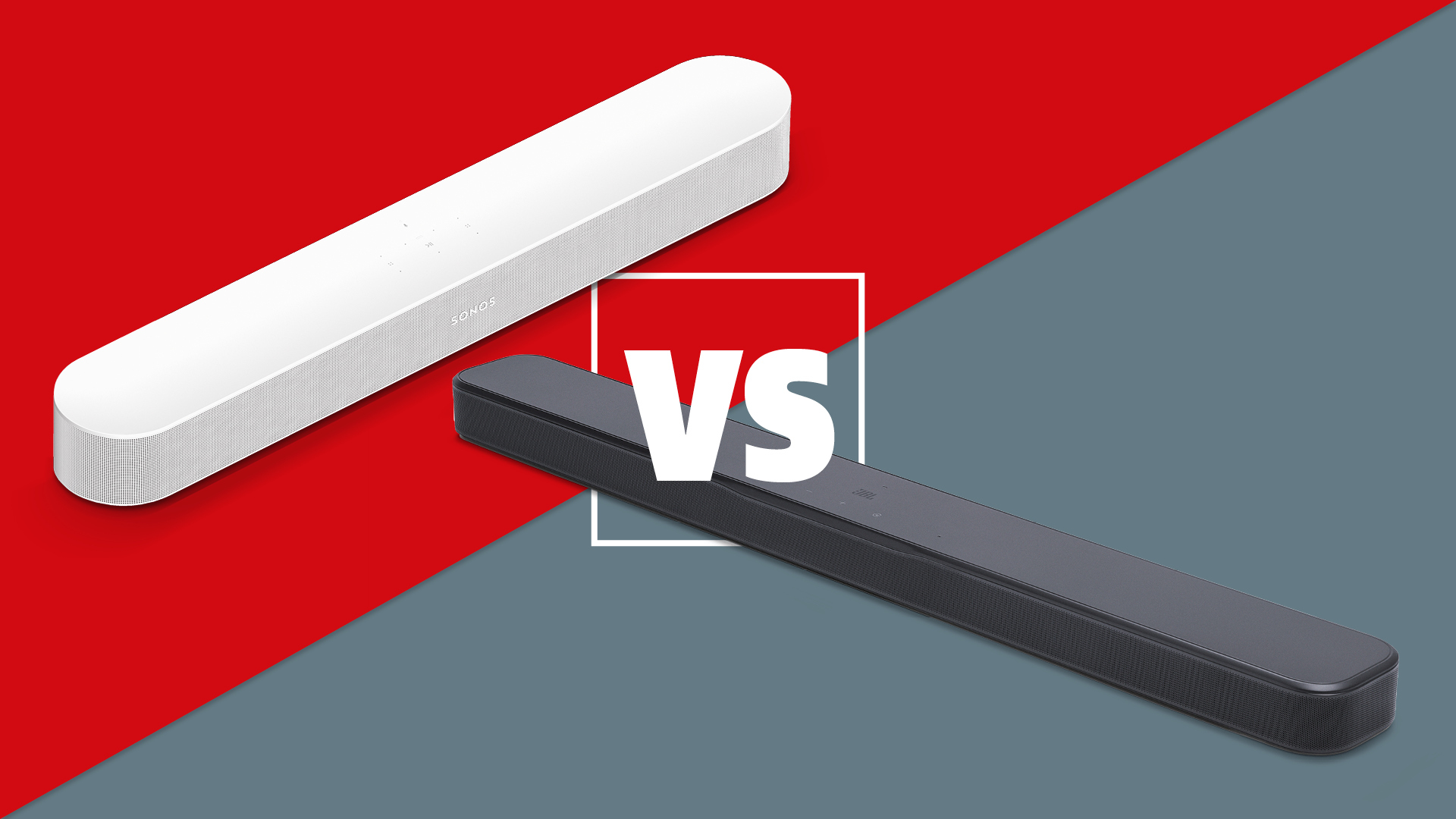Best AirPods 2025: Apple's wireless headphones ranked and rated
Which AirPods are best for you?
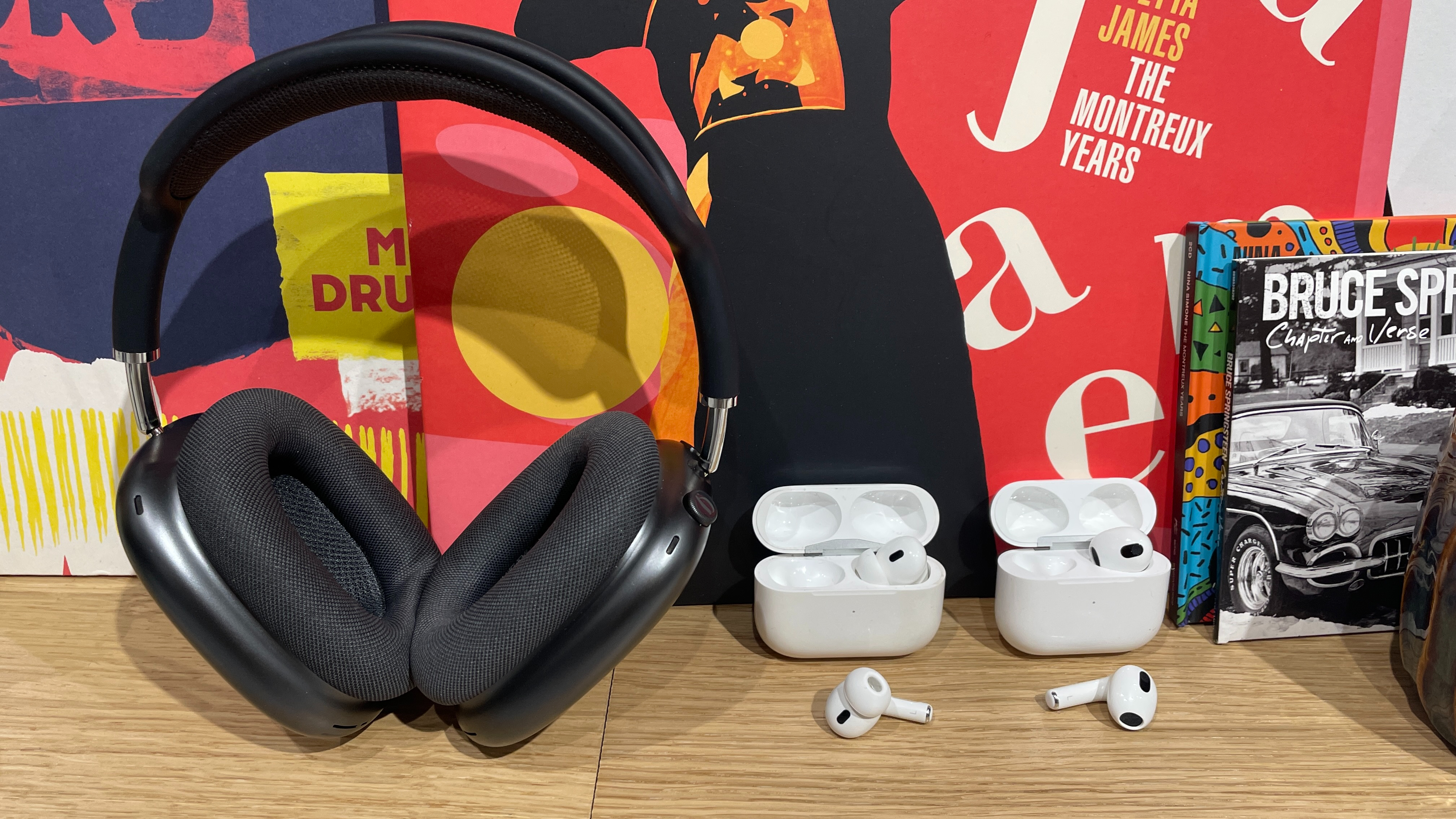
There's only been one AirPods story in recent weeks – the launch of the AirPods Pro 3. Apple's latest flagship in-ears made their debut alongside the iPhone 17 in September, and promise better bass than their predecessors, as well as active noise cancellation (ANC) that's twice as effective.
But they haven't made our list of best AirPods. At least, not yet.
That's because we only feature headphones that we've reviewed thoroughly and given a definitive verdict on. We'll have an AirPods Pro 3 review ready as soon as possible.
Until then, the AirPods Pro 2 are still a very fine bet, earning a perfect five out of five in our review. They are still the only pair of Apple in-ear headphones to do so. The AirPods Max over-ears also scored five, while the recent AirPods 4 with ANC picked up a still respectable four stars.
We haven't reviewed the standards AirPods 4, but they are identical to the ANC model but with no noise cancelling.
The older AirPods 3 and AirPods (2019) also earned four stars in their day. Standards have risen since then, but if you find them cheap they could still be good value.
AirPods are only really worth buying if you use an iOS device. Otherwise you're missing out on a lot of their features.
We'll explain more below, where we've rounded up the best AirPods you can currently buy. We've also linked to our full reviews, if you want a more in-depth look.
Our in-house review team has more than 100 years of experience between them. Review verdicts are agreed upon by the whole team in order to avoid personal bias and we compare each model to its closest rivals to judge how they stack up. To find out more about our reviewing process, read the how we test headphones page.
- How do active noise-cancelling headphones work?
- AirPods Pro 3 vs AirPods Pro 2: what's the difference?

I've been testing and reviewing all manner of AV gadgetry since 2004, when an iPod with a click wheel was considered the height of sophistication. The best music source in the world isn't much use if you're using substandard headphones. Apple's AirPods haven't always sounded the best, but that is changing with new models offering the perfect mix of seamless usability and engaging, detailed and dynamic sound quality. For Apple users who are passionate about sound (that's me), the right pair of AirPods will be a very worthwhile investment.
The quick list
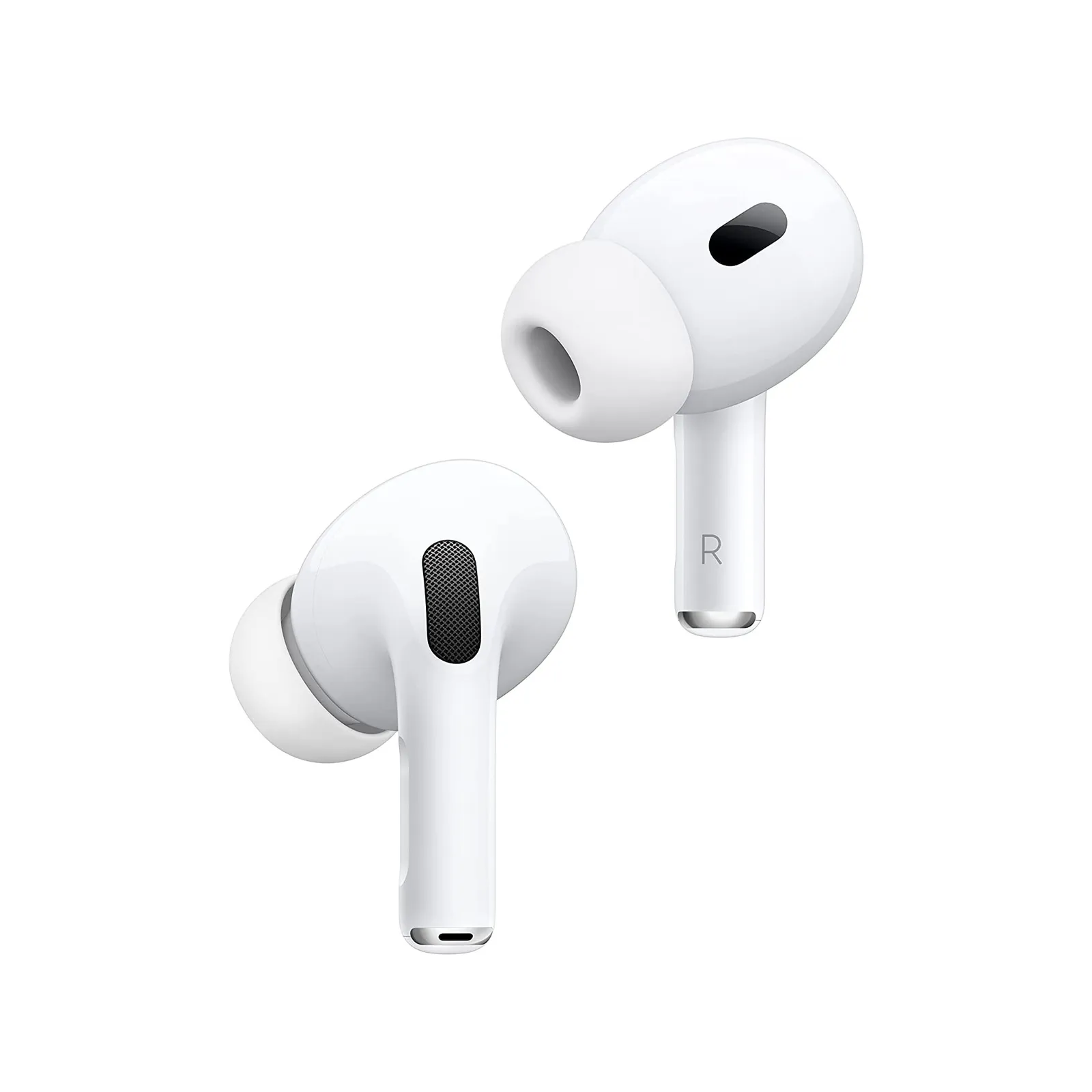
With better sound, more advanced noise-cancellation and a more versatile fit, the second-gen Pros are the best in-ear AirPods Apple has ever made, and the best bet for most AirPods buyers.
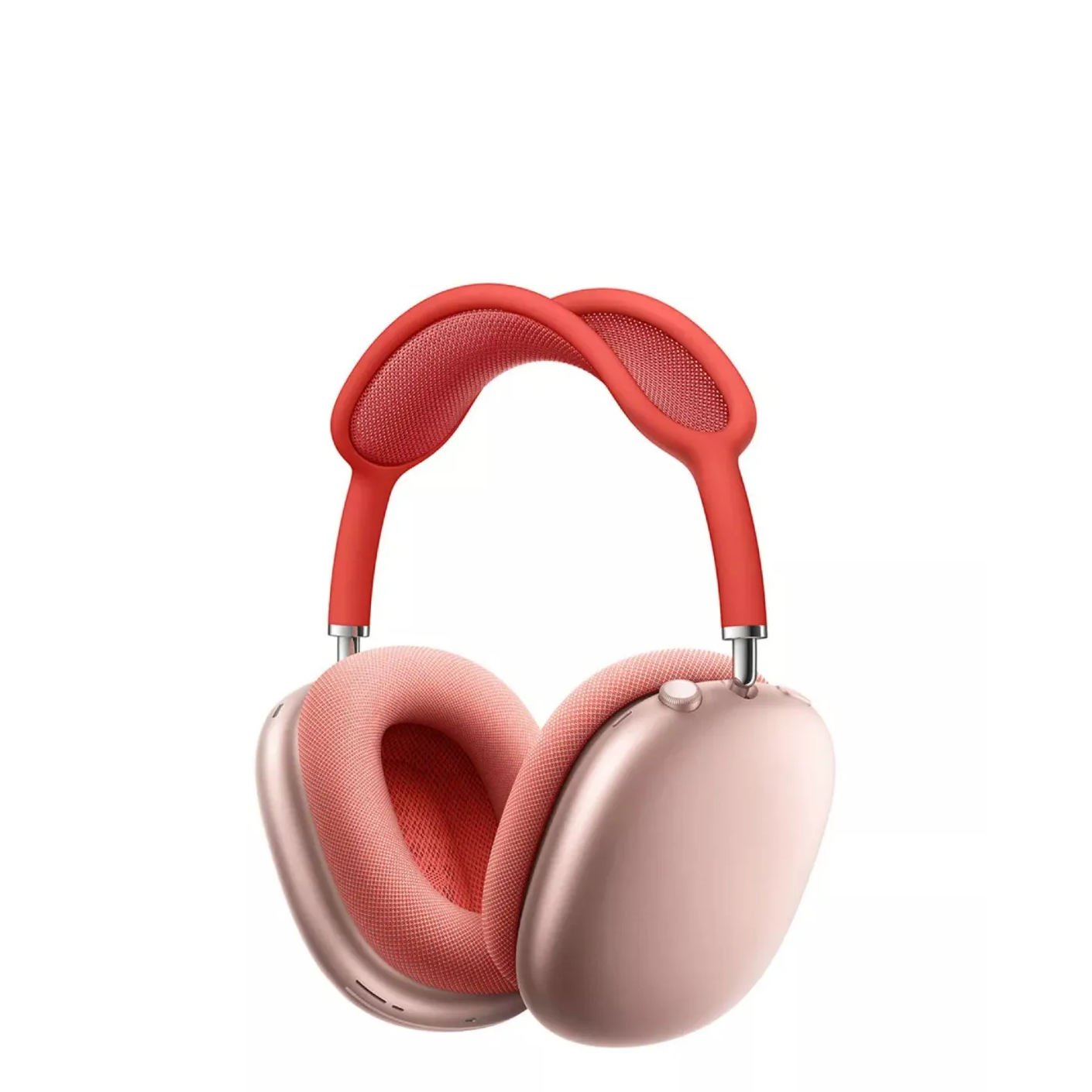
Apple's first over-ear headphones are lovingly made and brilliantly executed, with superb performance to boot. They're pricey, but they're the best AirPods for Apple users who prioritise sound quality.

The AirPods 4 come in two varieties, one of which has active noise cancellation. The fit still won't be for everyone, but if you're one of the lucky ones, there's plenty to enjoy, including Spatial Audio and a more compact design. A great choice in the mid-range.
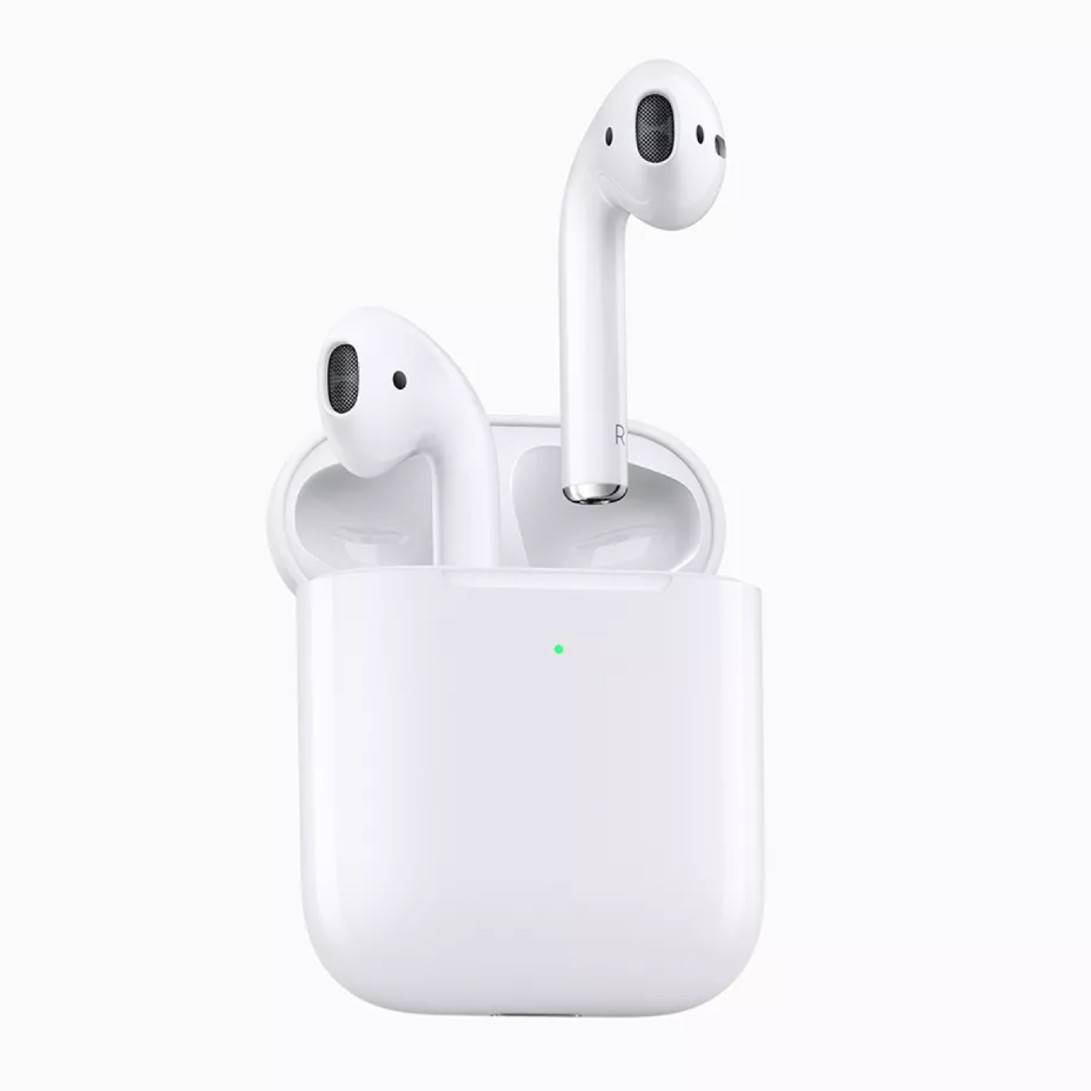
This older pair are considerably cheaper than the AirPods 4, but still offer plenty of what makes the AirPods range so compelling.
The best AirPods we recommend in 2025
Why you can trust What Hi-Fi?
Best overall
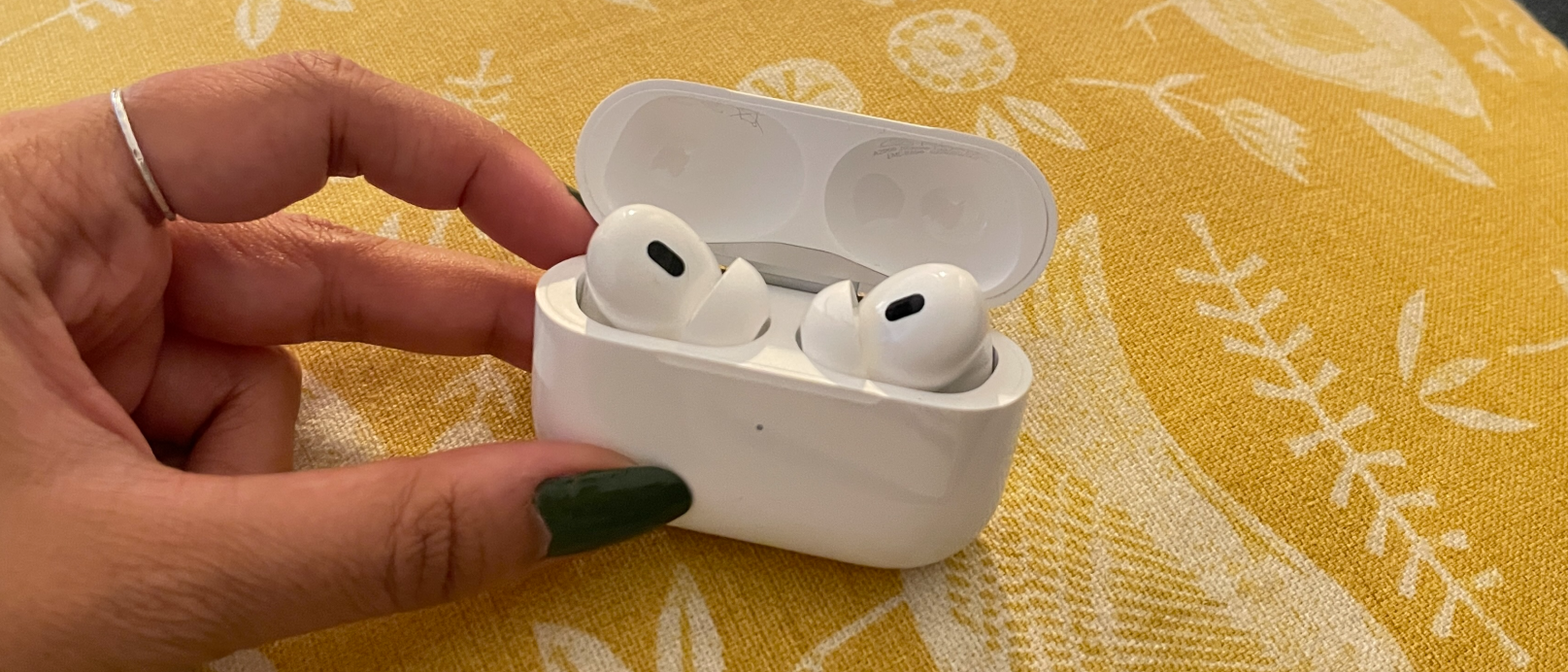

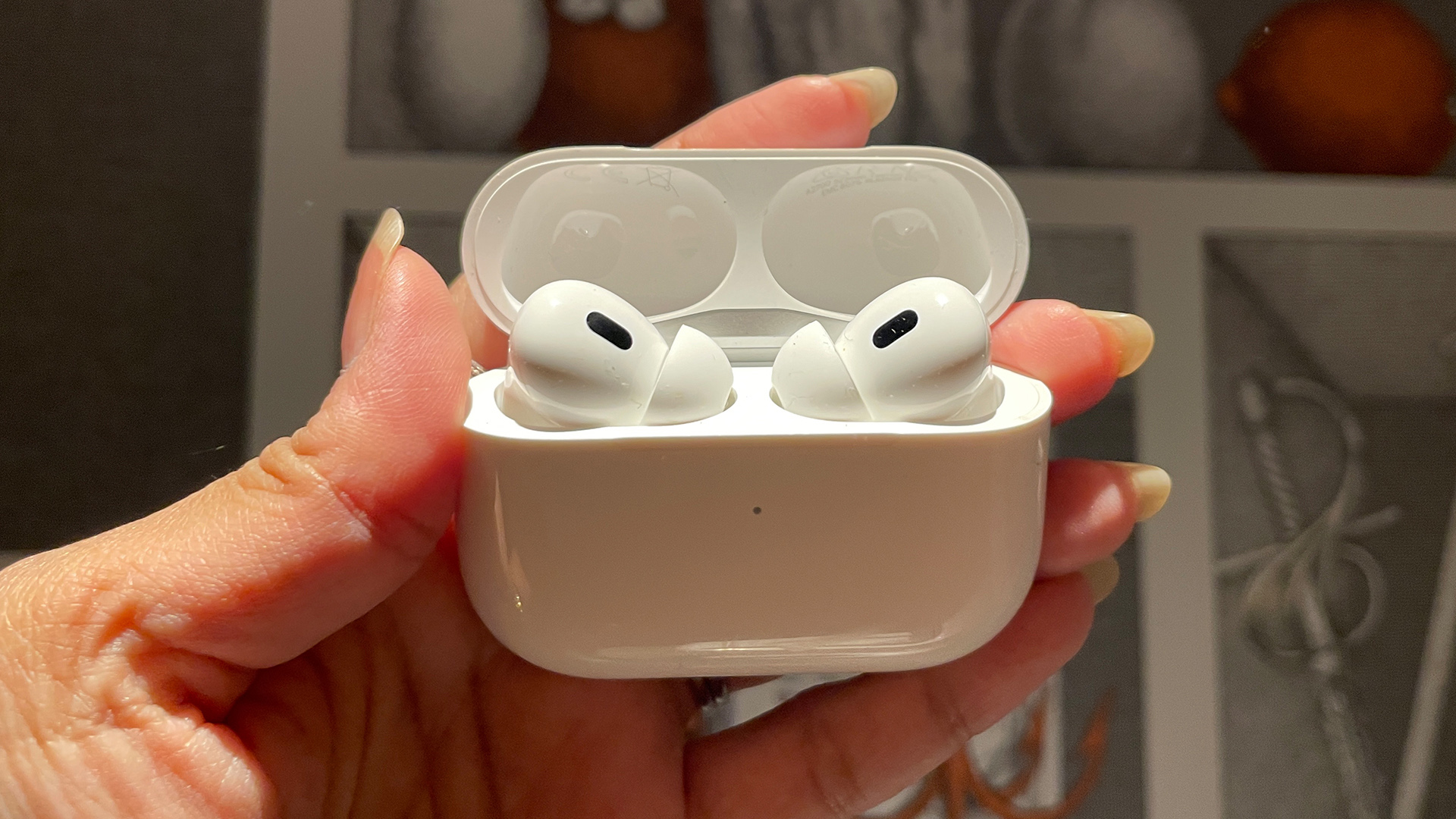
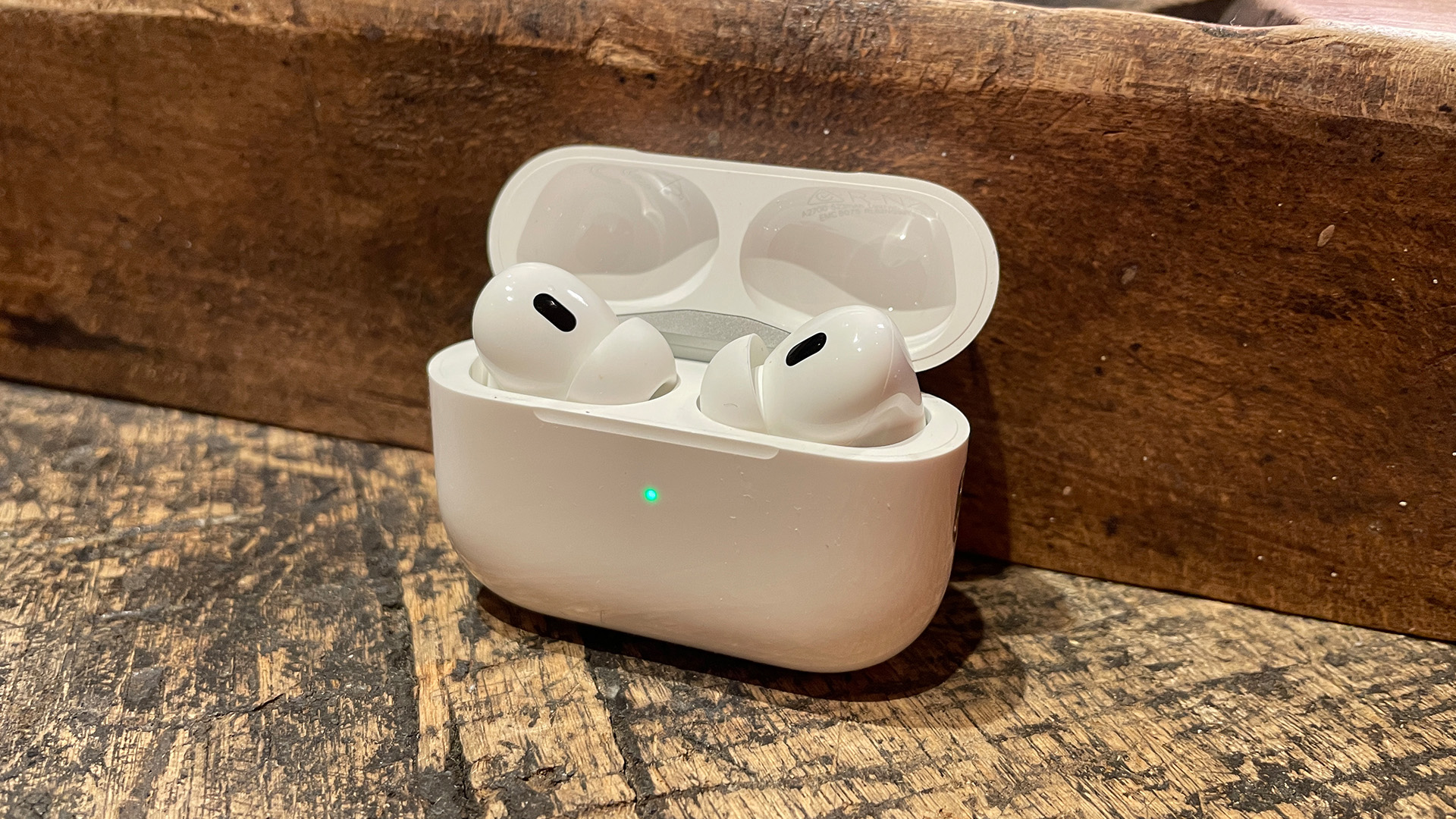
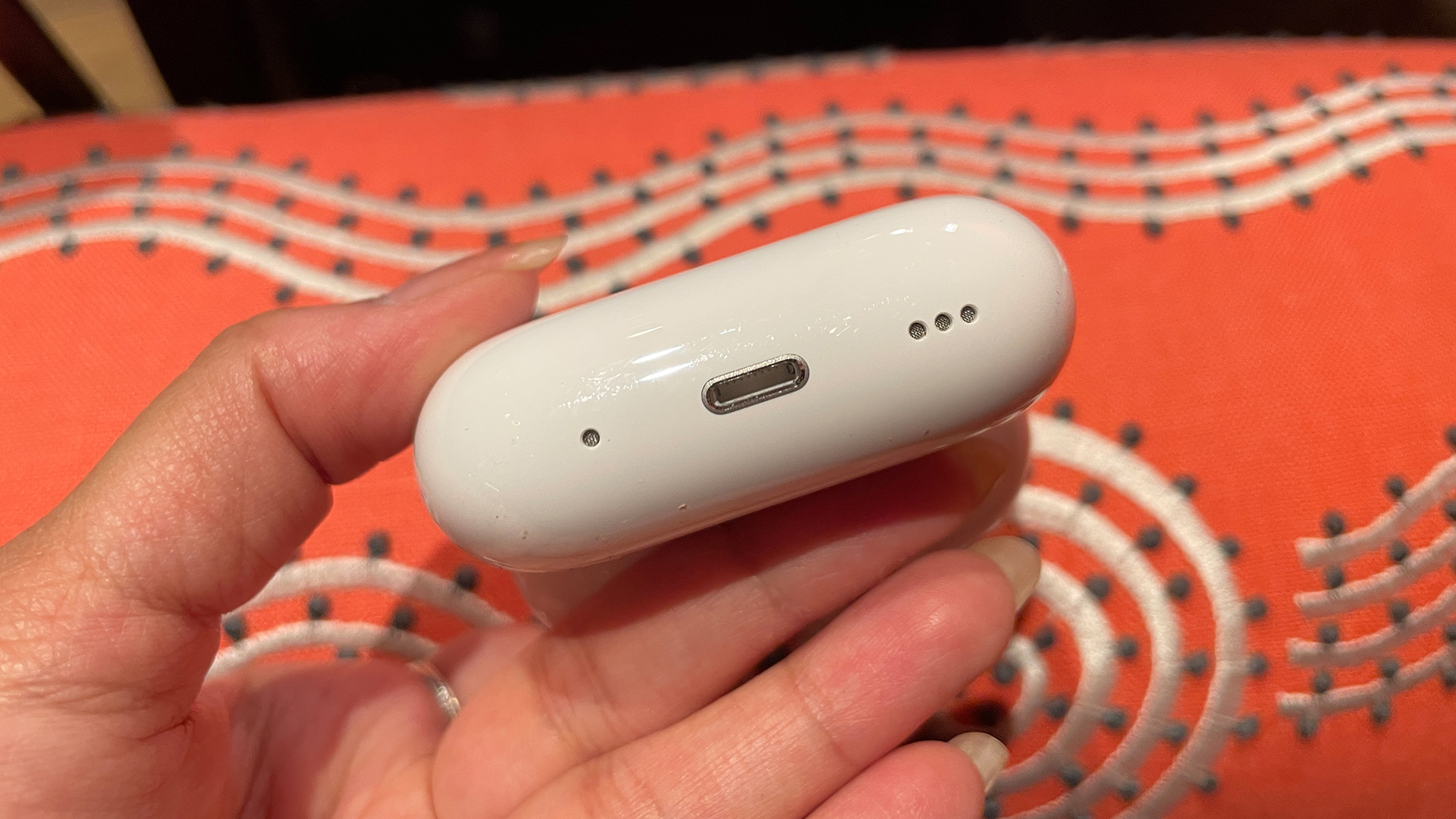
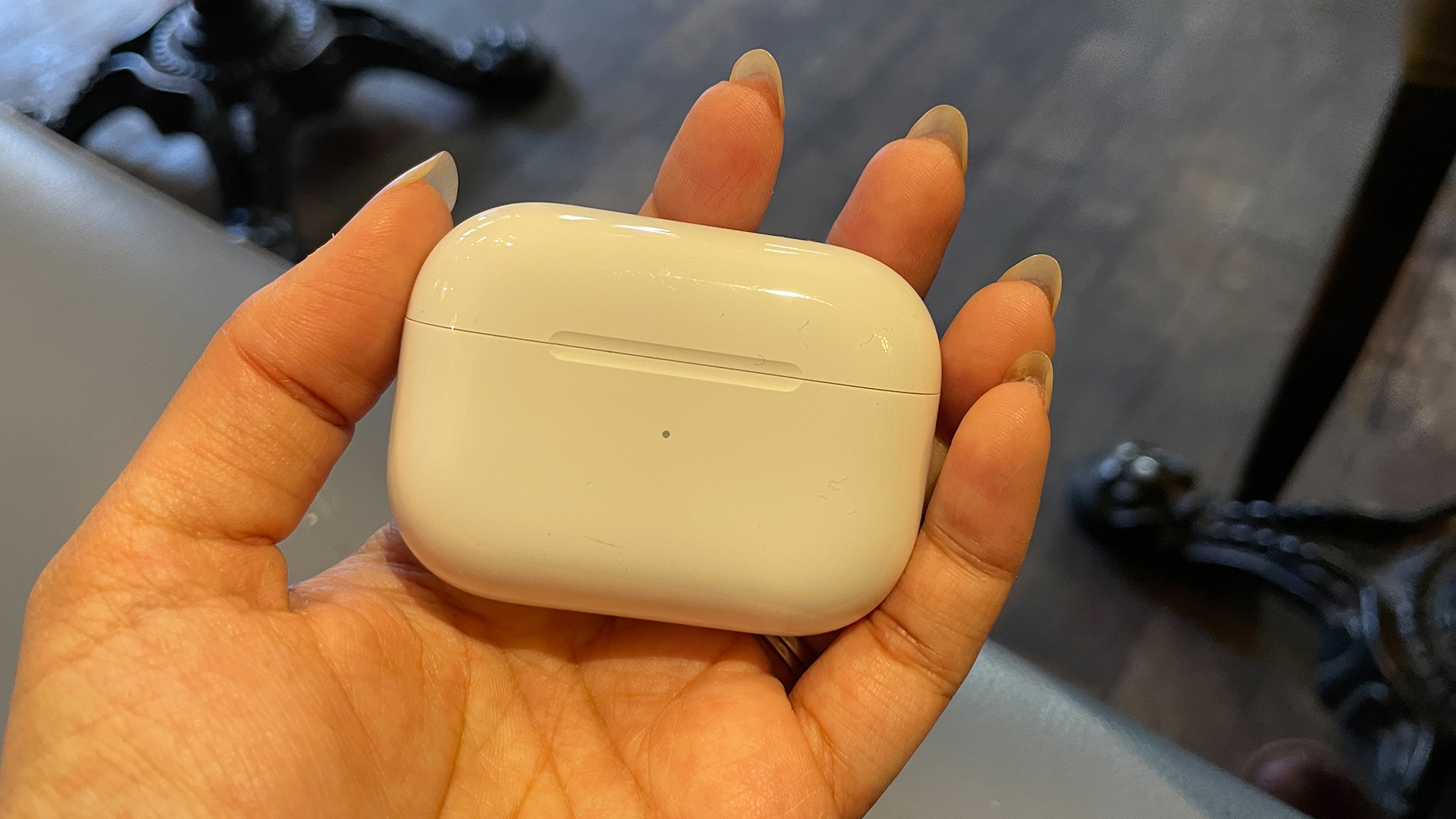

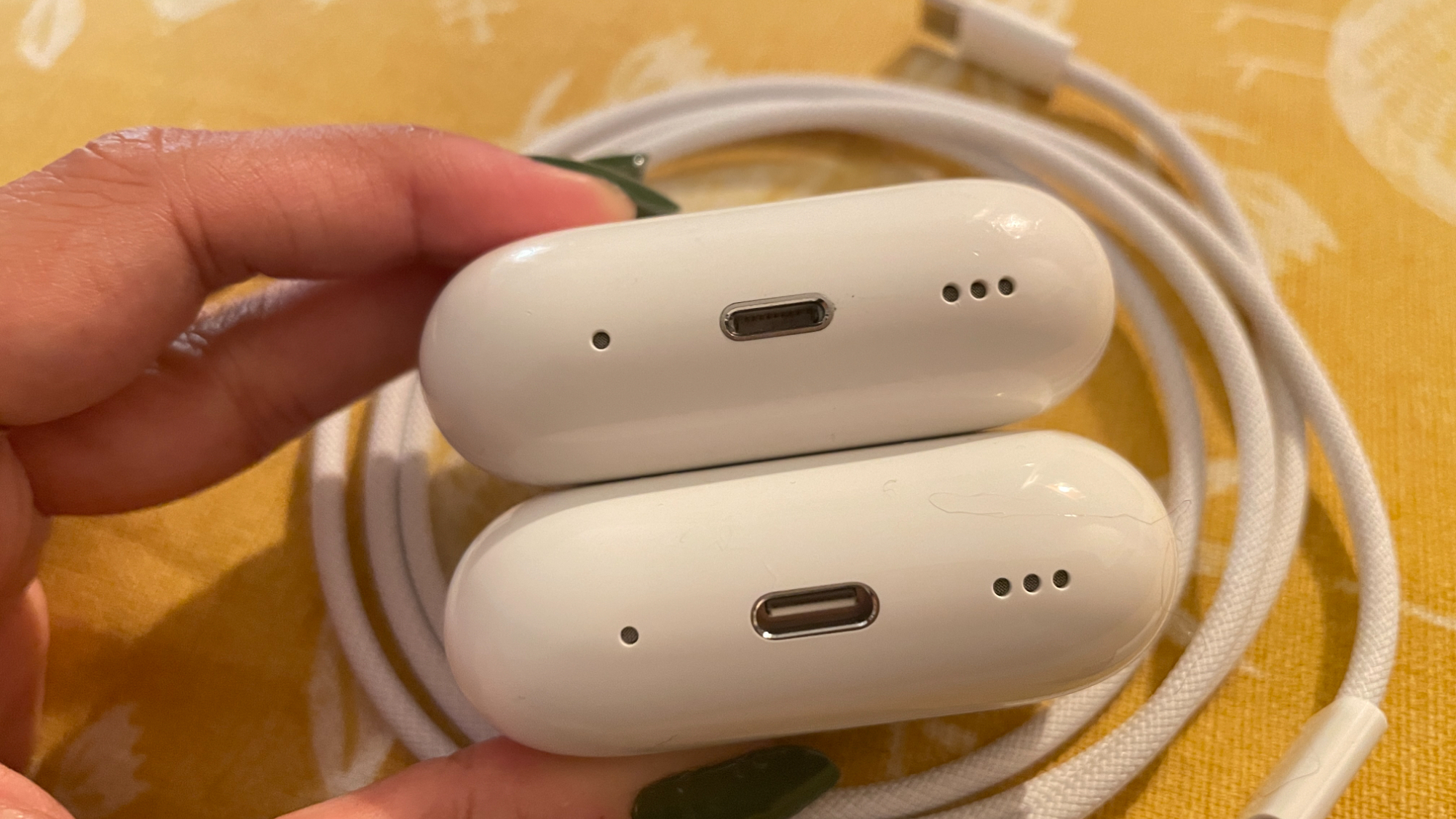

Spot the difference: AirPods Pro 2 with new USB-C case (left) and original Lightning case (right).
(Image credit: What Hi-Fi?)1. Apple AirPods Pro 2
Our expert review:
Specifications
Reasons to buy
Reasons to avoid
The AirPods Pro 2 are the first in-ear AirPods to have earned five stars from us and to genuinely compete with the best wireless earbuds on the market.
That's thanks to their improved noise-cancellation, longer battery life, an array of new features and better sound quality. And all without commanding a higher price than their predecessors.
They will fit more people too, thanks to the new XS size of eartip that joins S, M and L. Whichever size you choose, they'll feel much less intrusive than their rivals, thanks to their vents allowing for greater airflow.
They're also the first AirPods with on-bud volume controls, which is more convenient than using your mobile or Siri.
ANC is one of the main selling points of the Pro variant of AirPods – it's one of the biggest points of difference over the standard model.
And the Pro 2's is more advanced than ever, cancelling twice as much background sound as before and boasting an Adaptive Transparency feature which nullifies the loudest noises while allowing in ambient sound.
Software updates have also introduced a new Adaptive Audio mode (which automatically adjusts noise-cancelling depending on your surroundings and is also adjustable), and a clever Conversation Awareness mode that drops the volume of what you're listening to when you start speaking, so you don't have to take any earbuds out to have a chat.
As of February 2025 (in the UK), they also have hearing aid features that can help those with mild to moderate hearing loss.
But perhaps the biggest improvement is the jump in sound quality – bass has more impact, sound has greater texture and the dynamics are even subtler than the Pro v1.
It's a richer, more powerful and more open sound, while retaining Apple's lovely way with voices, with added subtlety and warmth.
"There’s a superb sense of drive. The AirPods Pro 2 are rhythmically agile and nimble, songs flow with an easy fluidity, and they communicate both high-energy tracks and ones that are more contemplative with ease," we said in our review.
"We have so much more fun listening to these AirPods Pro 2 than the previous generation."
What else do you need to know? September 2023 saw Apple replace the Lightning-charged case with a USB-C one, in order to comply with new EU regulations. But the earbuds themselves remain unchanged.
This did bring one welcome bit of news to UK customers – the USB-C model is £20 cheaper than the Lightning model at launch, though the price remains the same in the US and Australia.
Substantially better than the standard AirPods in areas that really matter, yet much cheaper than the over-ear AirPods Max, the AirPods Pro 2 are the best AirPods overall. At least, until we've reviewed the AirPods Pro 3, that is...
Read the full Apple AirPods Pro 2 review
Best premium
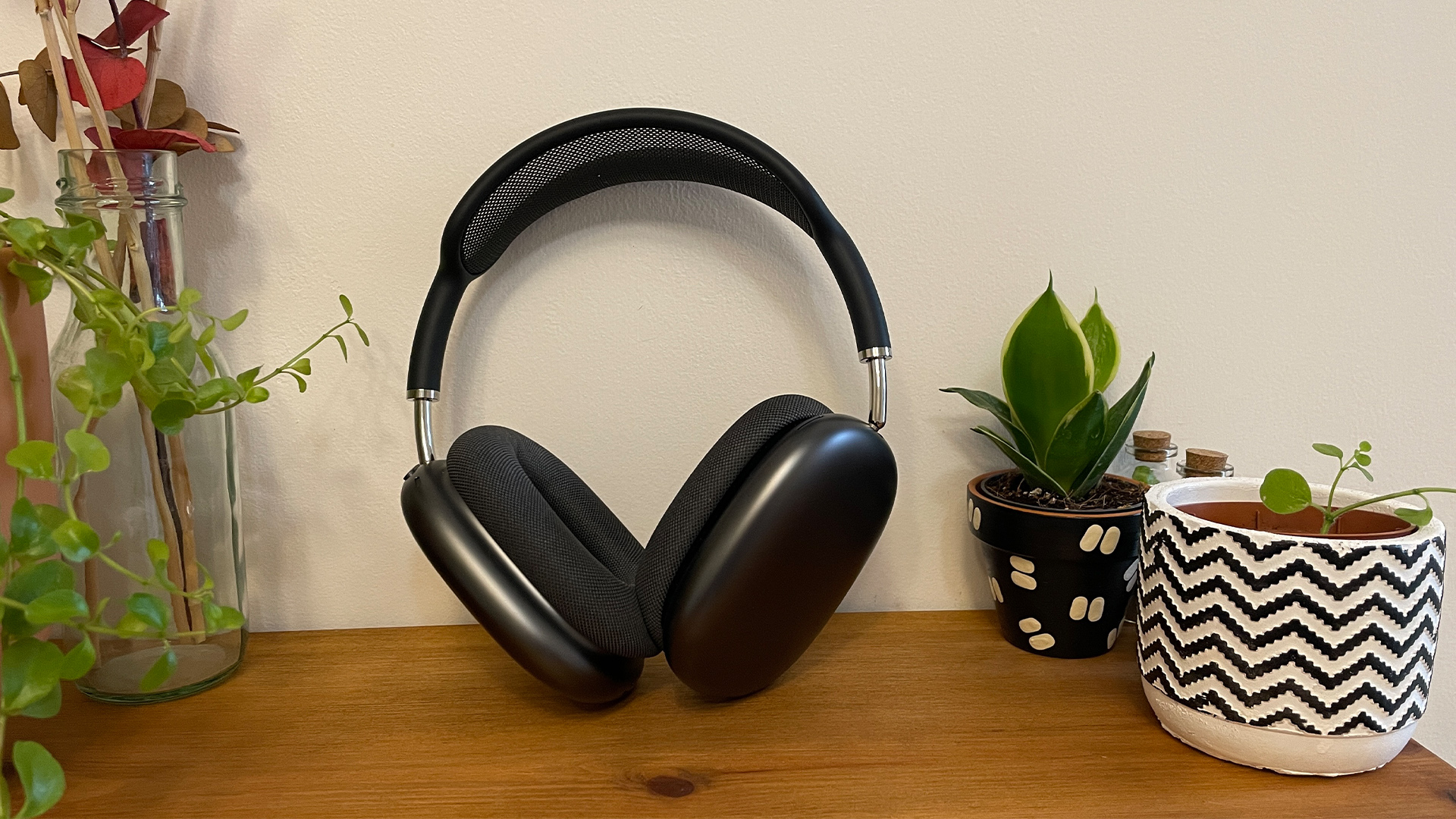
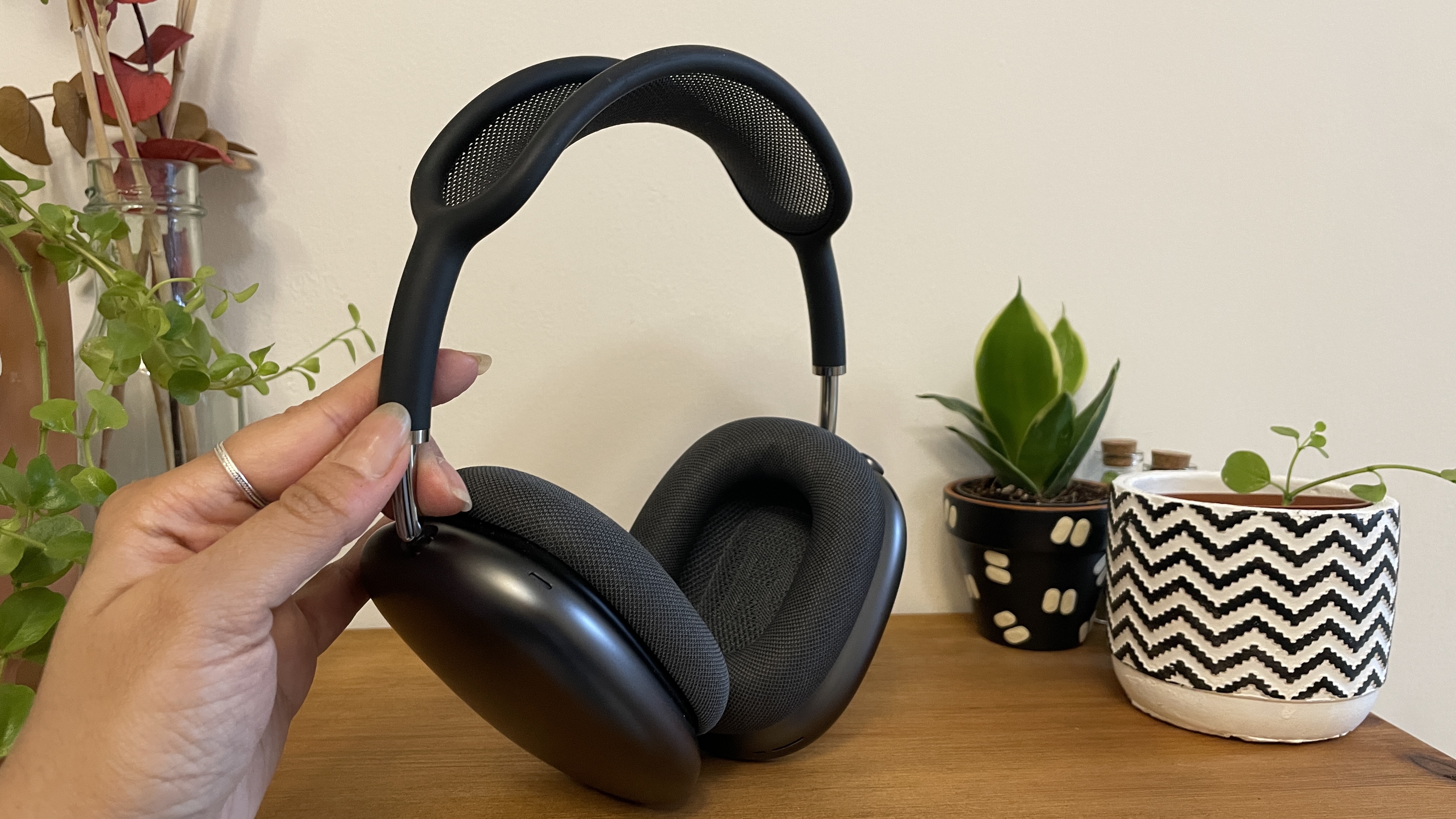
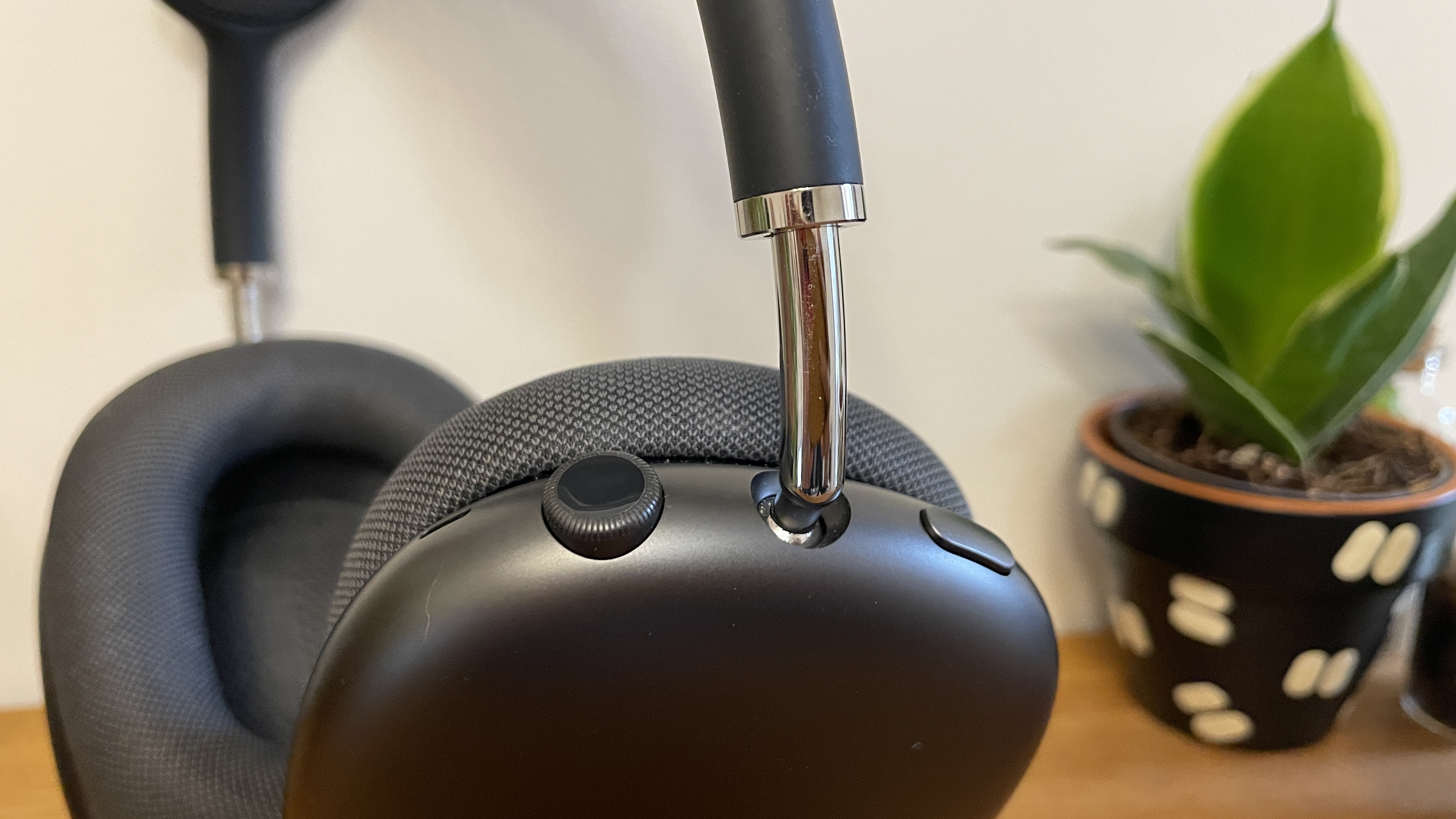
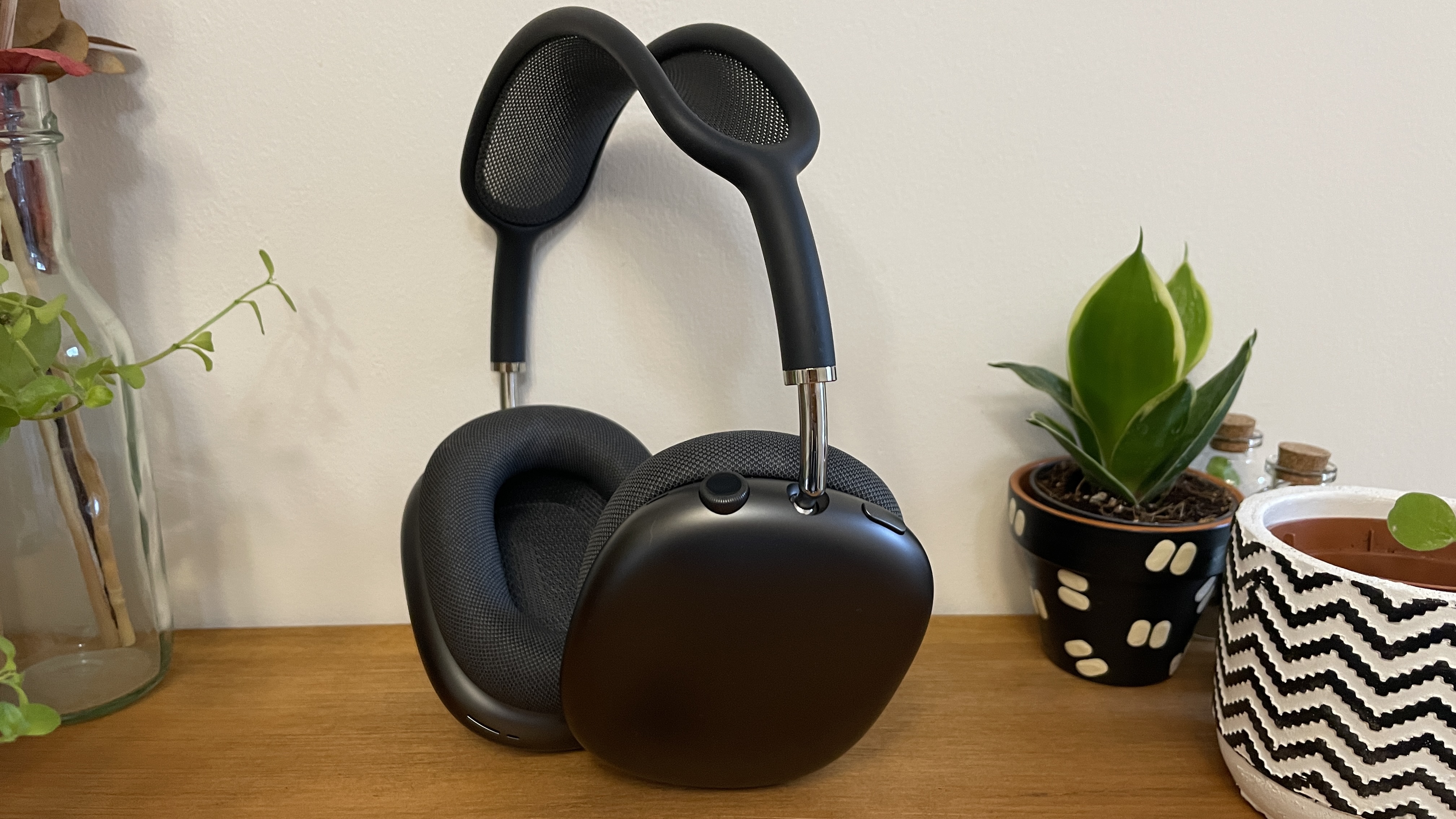
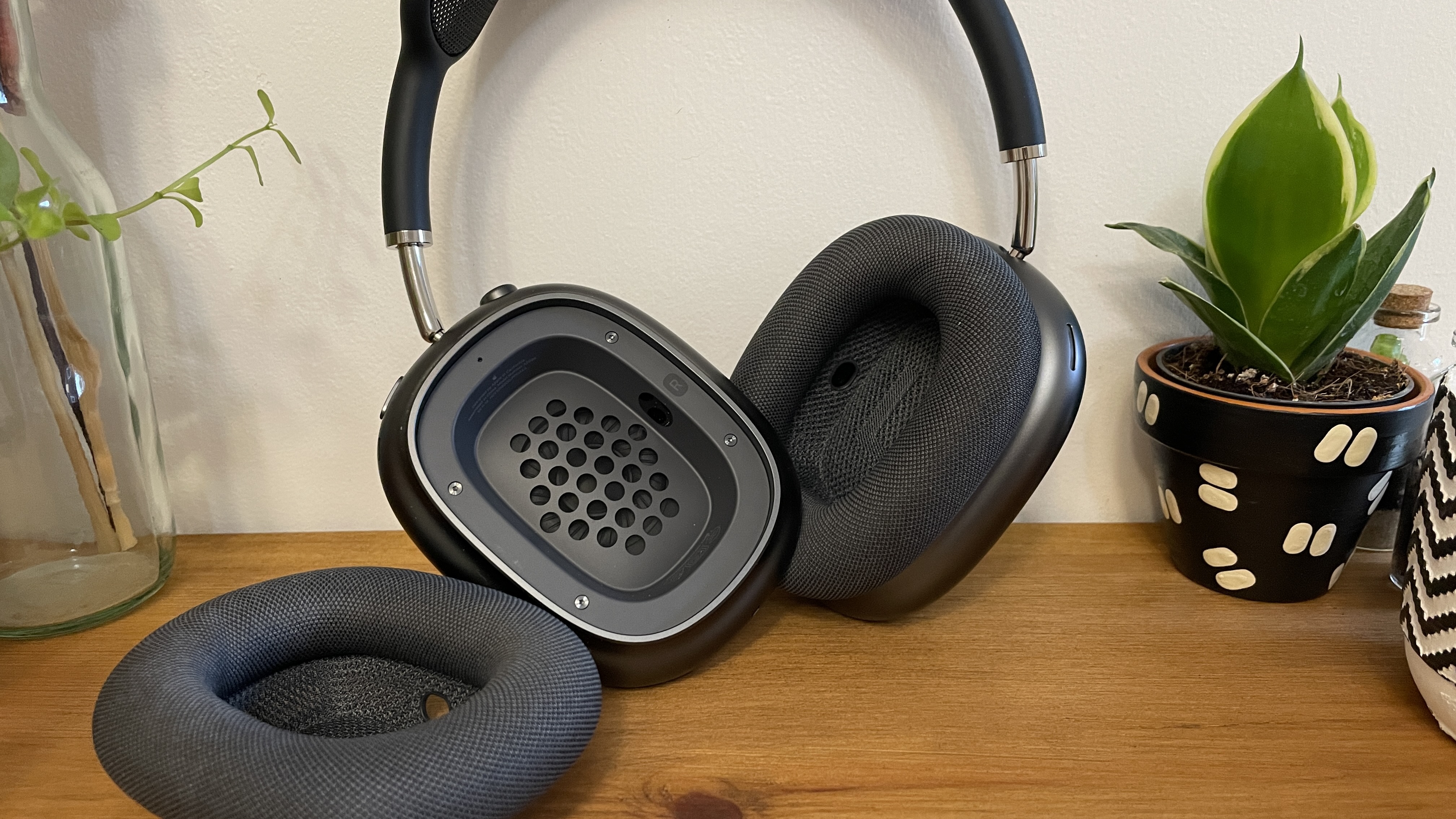
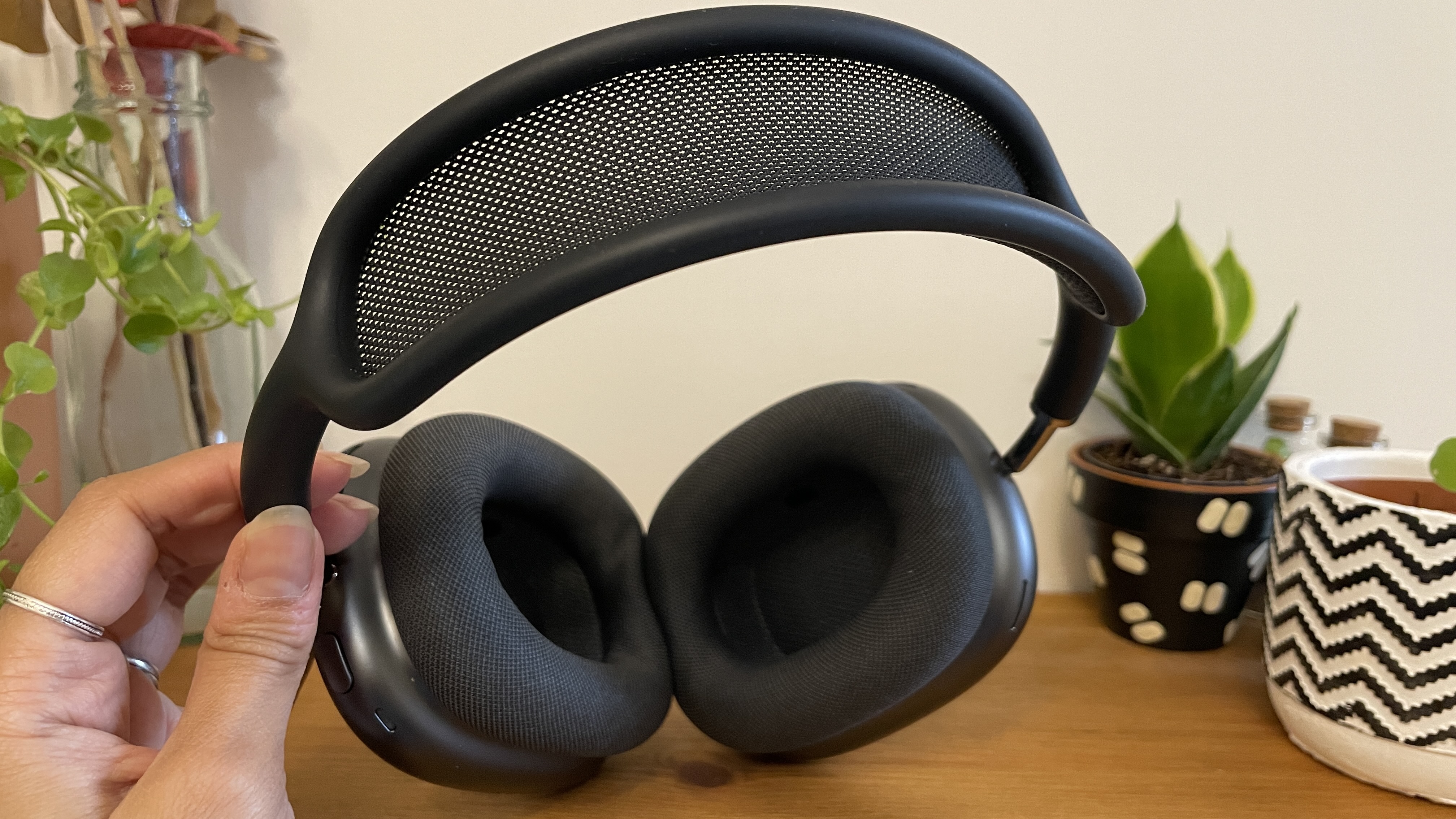
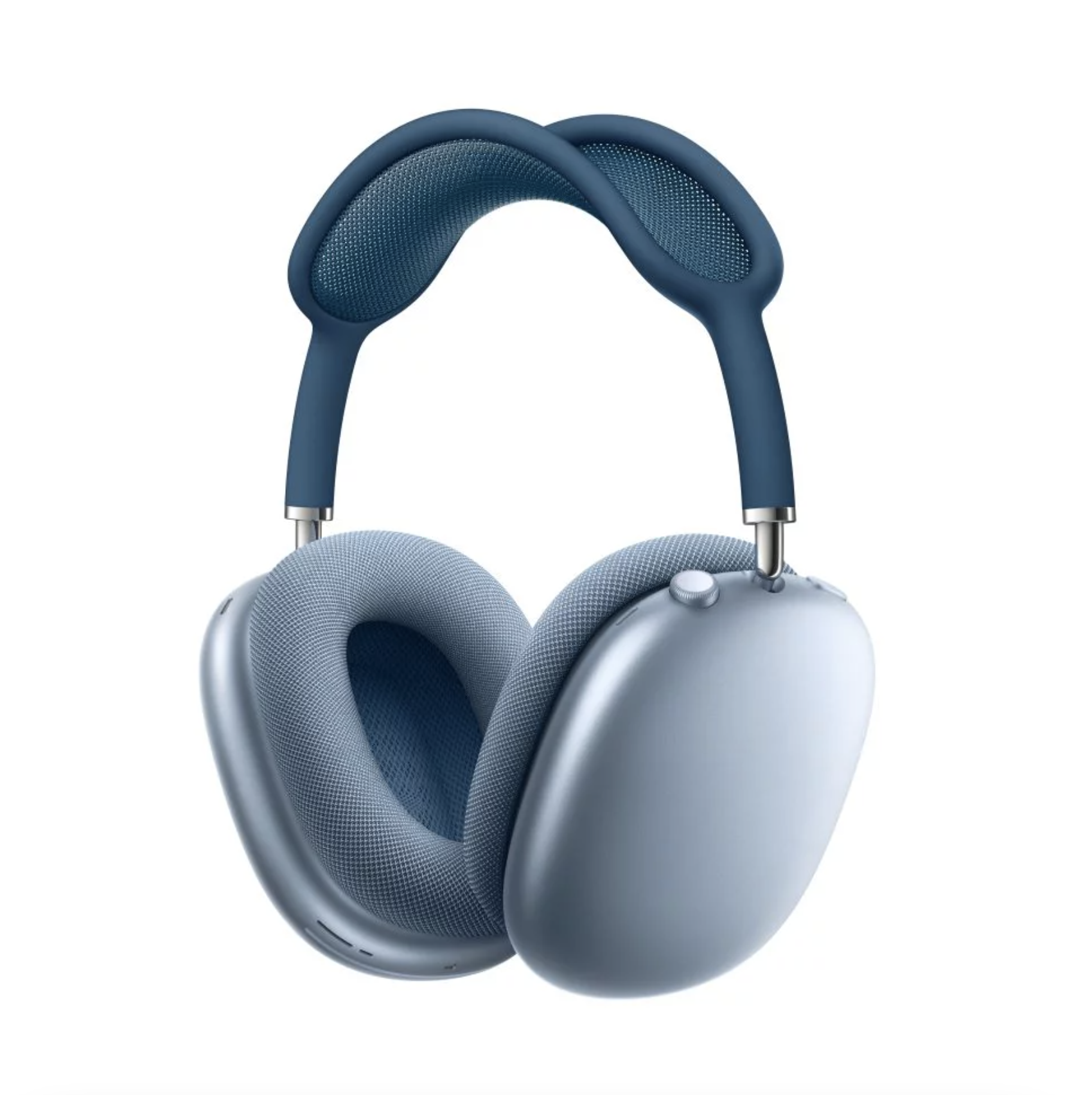
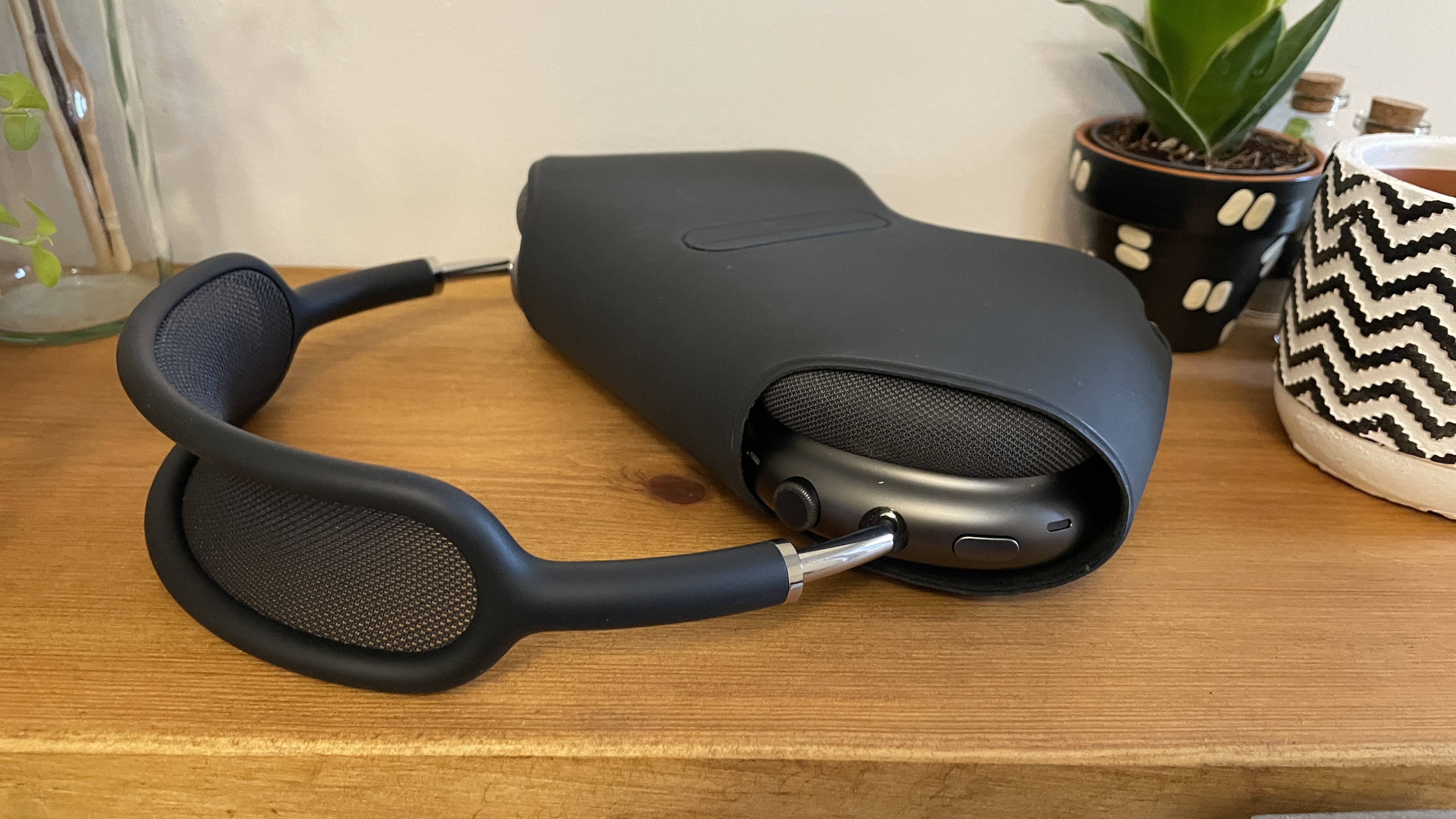
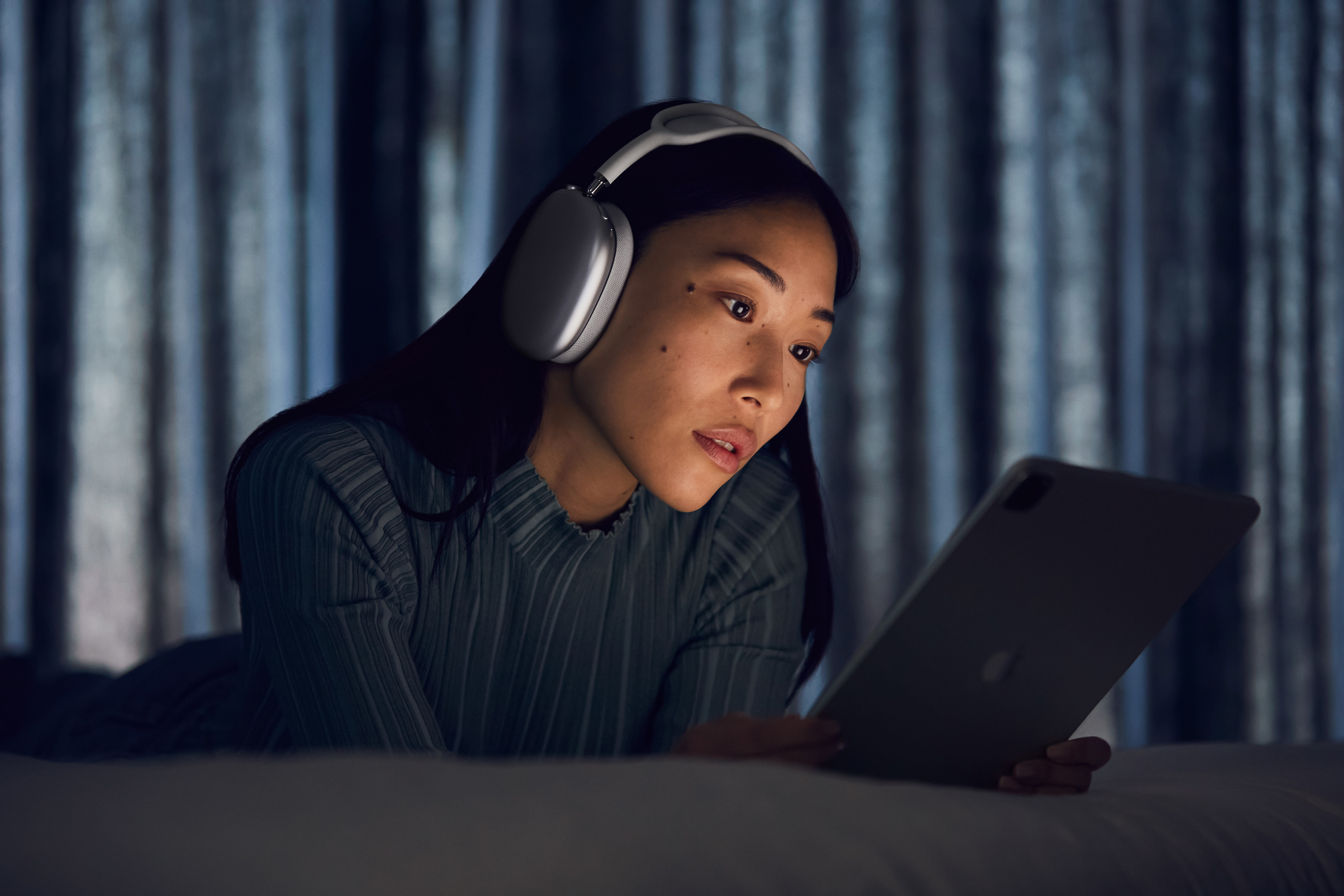
2. Apple AirPods Max
Our expert review:
Specifications
Reasons to buy
Reasons to avoid
Apple might have been late to the over-ear headphone party, but it arrived with a bang. The AirPods Max are impressively engineered, making flagship pairs from industry stalwarts like Sony and Bose look cheap by comparison.
And they've got the sound quality to back up the design. They're so sonically gifted they cross over from wireless headphones to wireless hi-fi.
Delivery is spacious and super crisp, with an energy and clarity rarely heard from wireless headphones. The precision is such that – combined with the wide open soundstage – it sounds as if you're in the room with the musicians.
They're also superb for watching movies – Spatial Audio combines with dynamic head-tracking to anchor sounds to the screen, so when you turn your head it sounds as if the audio is still coming from the TV.
In our original review, we said: "All of the notes are full and solid, lending a physicality to the recording that is missed by lesser headphones, plus a texture that makes everything that bit more moving...
"The sound is that bit more engaging on account of that precision, and more atmospheric thanks to the added openness and the space given to each instrument.
"It’s a more transportative experience: it feels as if you’re sitting in the room as the musicians play around you."
Add excellent noise cancelling to the mix, and you've got a first-rate pair of headphones. Just remember to use them with an Apple device to make the most of their abilities.
Apple updated the AirPods Max at the end of 2024 with a USB-C port in place of the Lightning one, and different colour options. But it quietly dropped wired listening, which it has since brought back while also adding lossless audio. These cans just keep getting better.
Read the full Apple AirPods Max review
- Apple AirPods Max tips: how to pair, reset, charge and more

While AirPods do work with Android devices, you’ll miss out on lots of iOS-only features like Audio Sharing, full Spatial Audio (with dynamic headtracking) and customisable controls. The user experience is more seamless with an Apple device too. Unless you're dead set on AirPods, Android users will be better off with another pair of the best wireless headphones.
Best mid-range
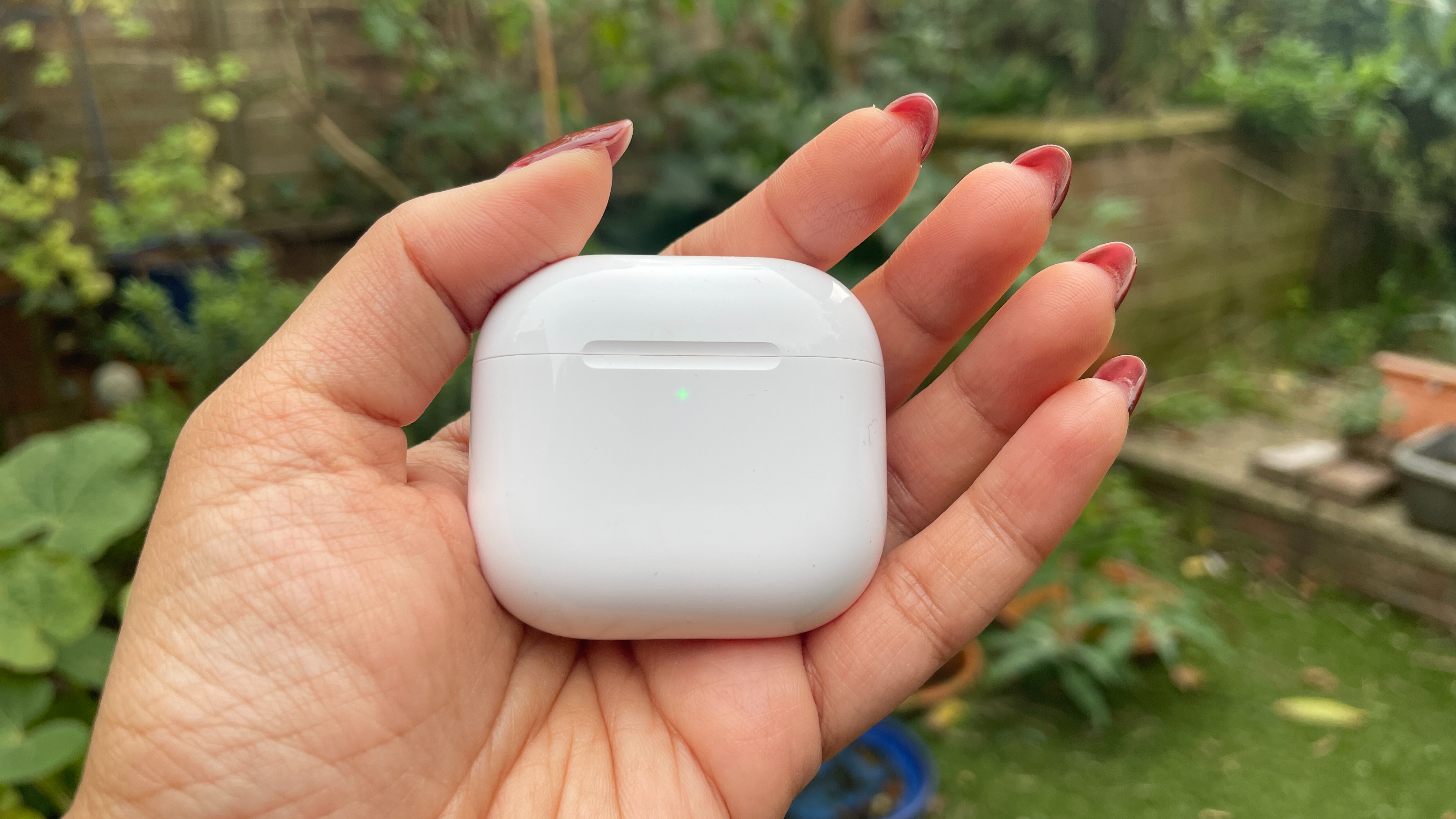
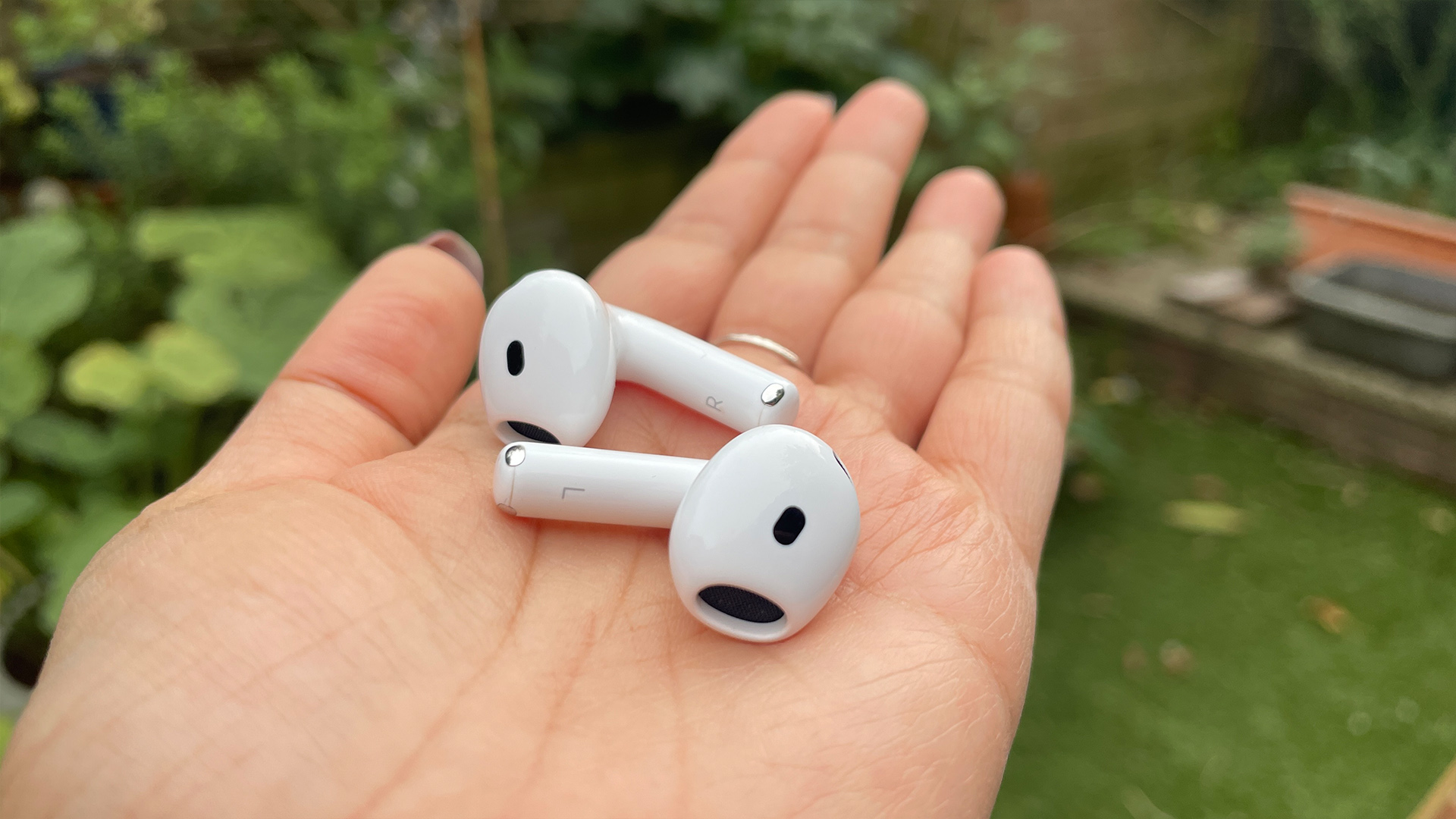
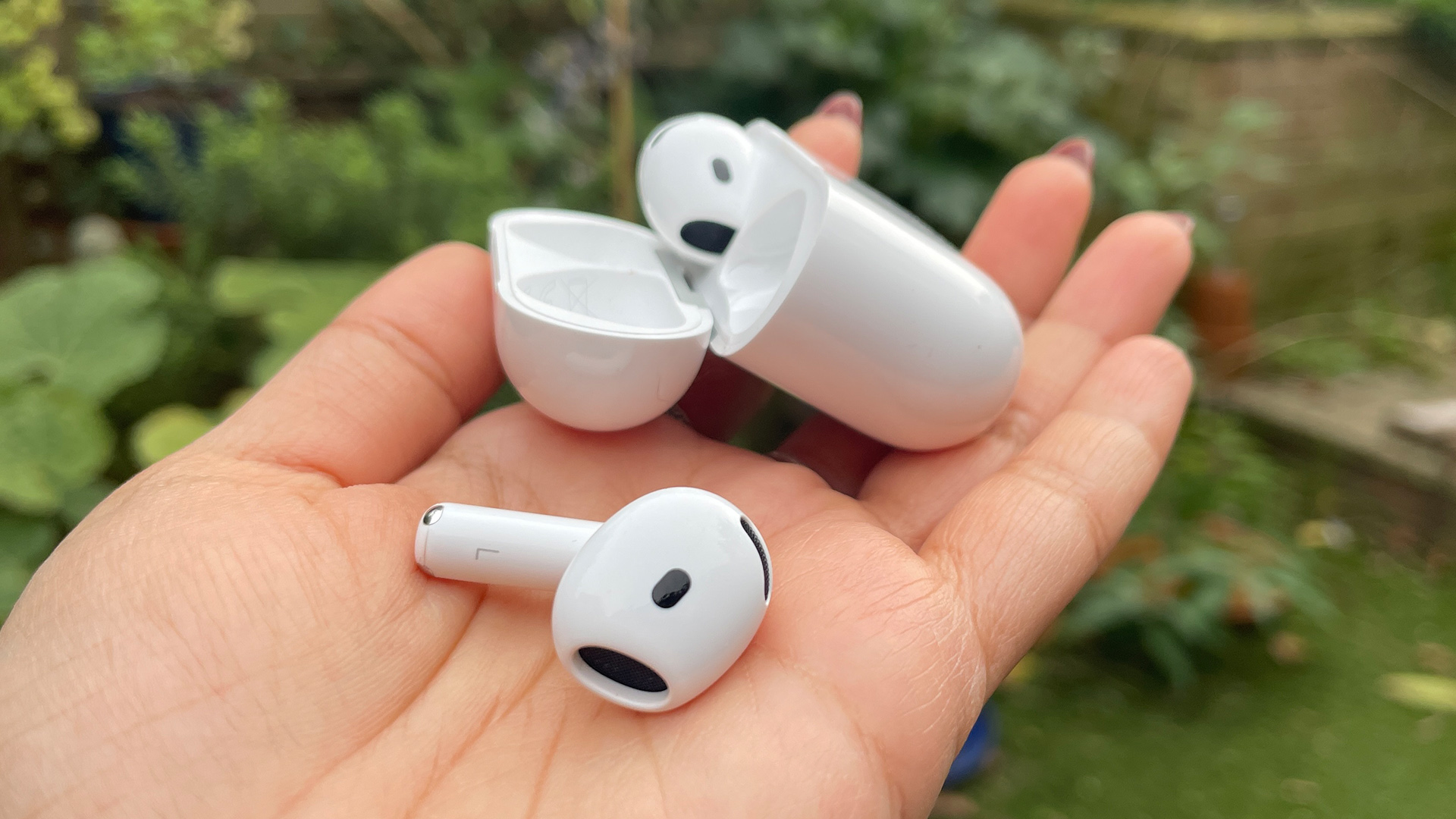
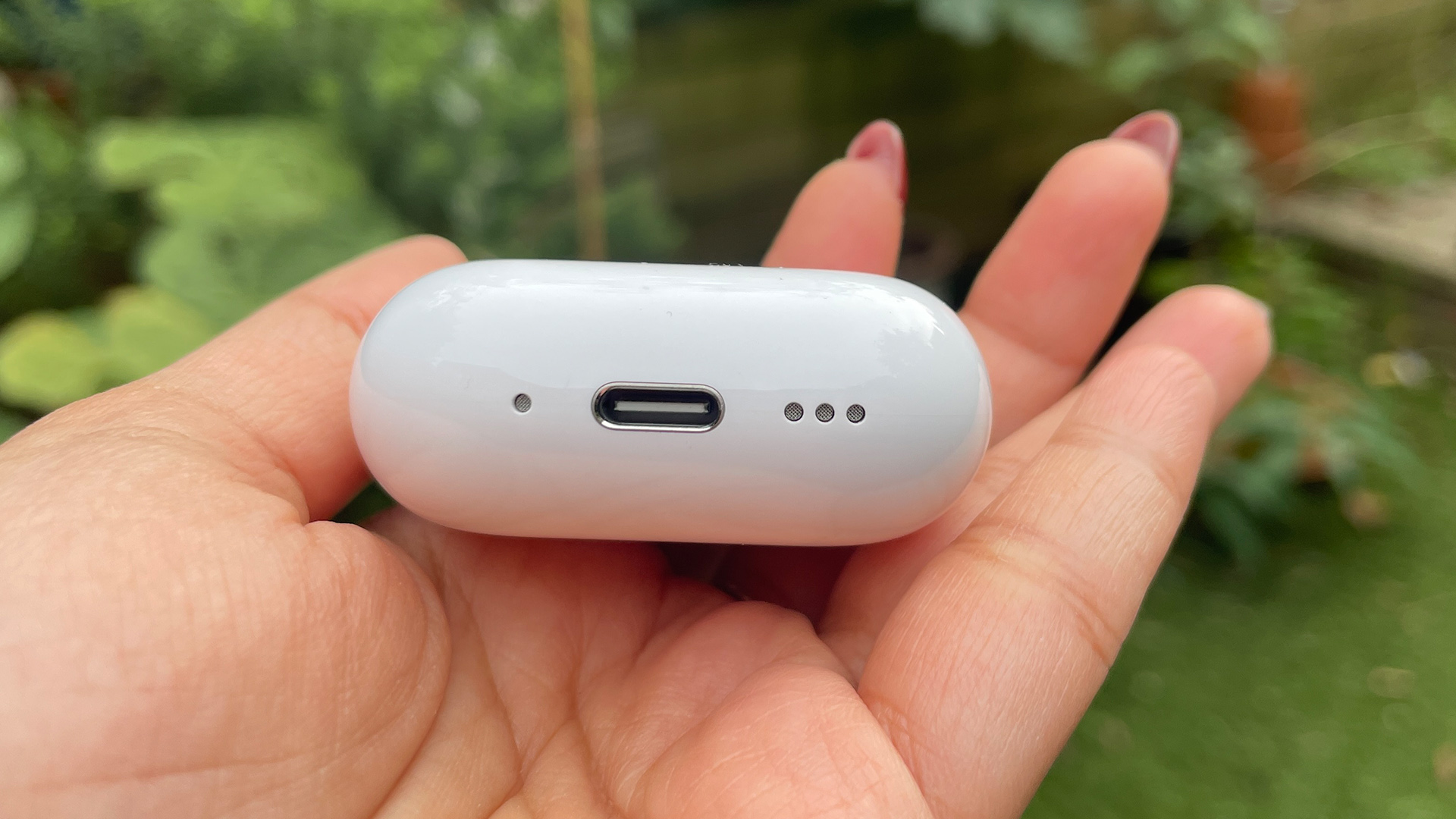
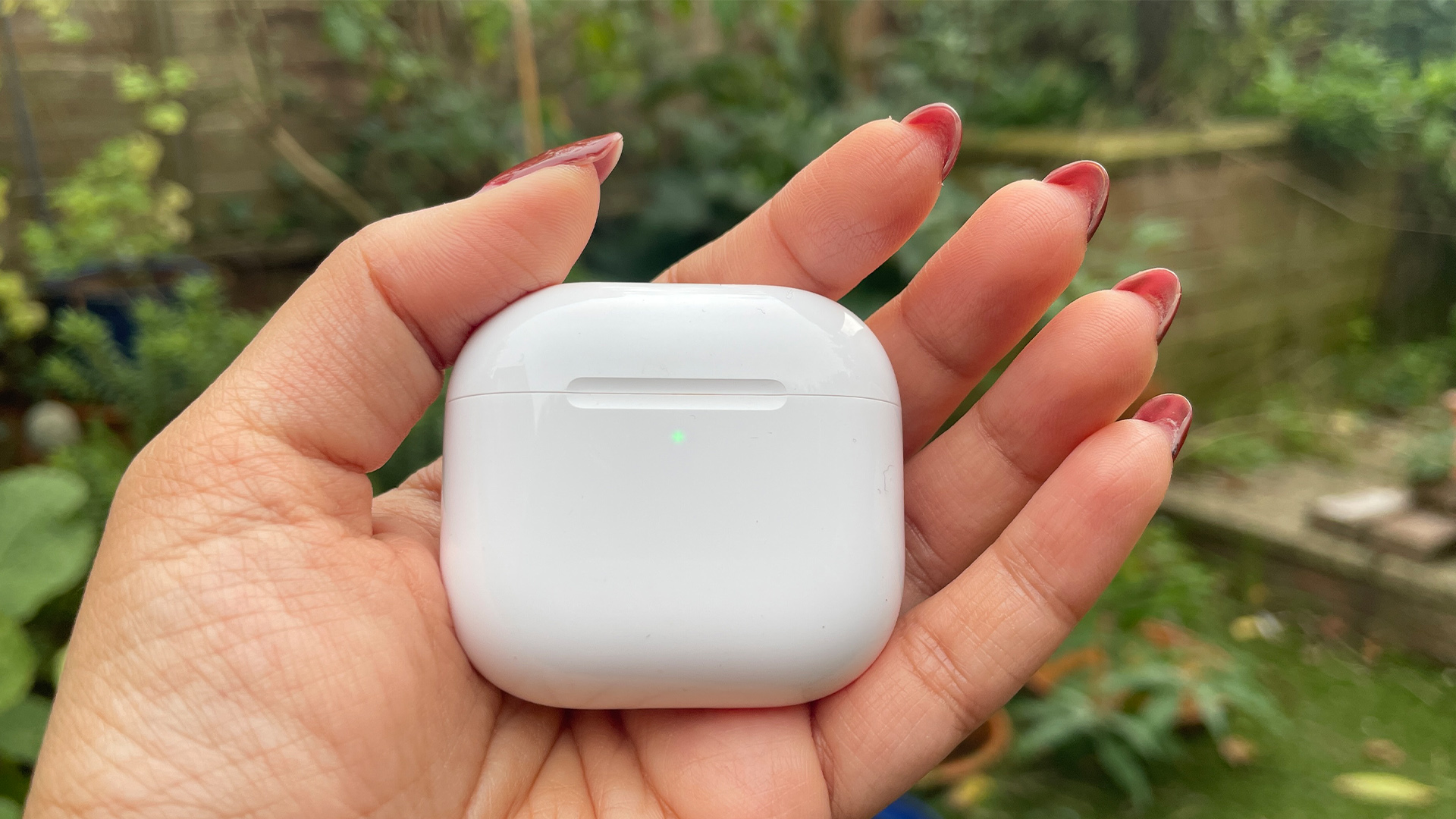

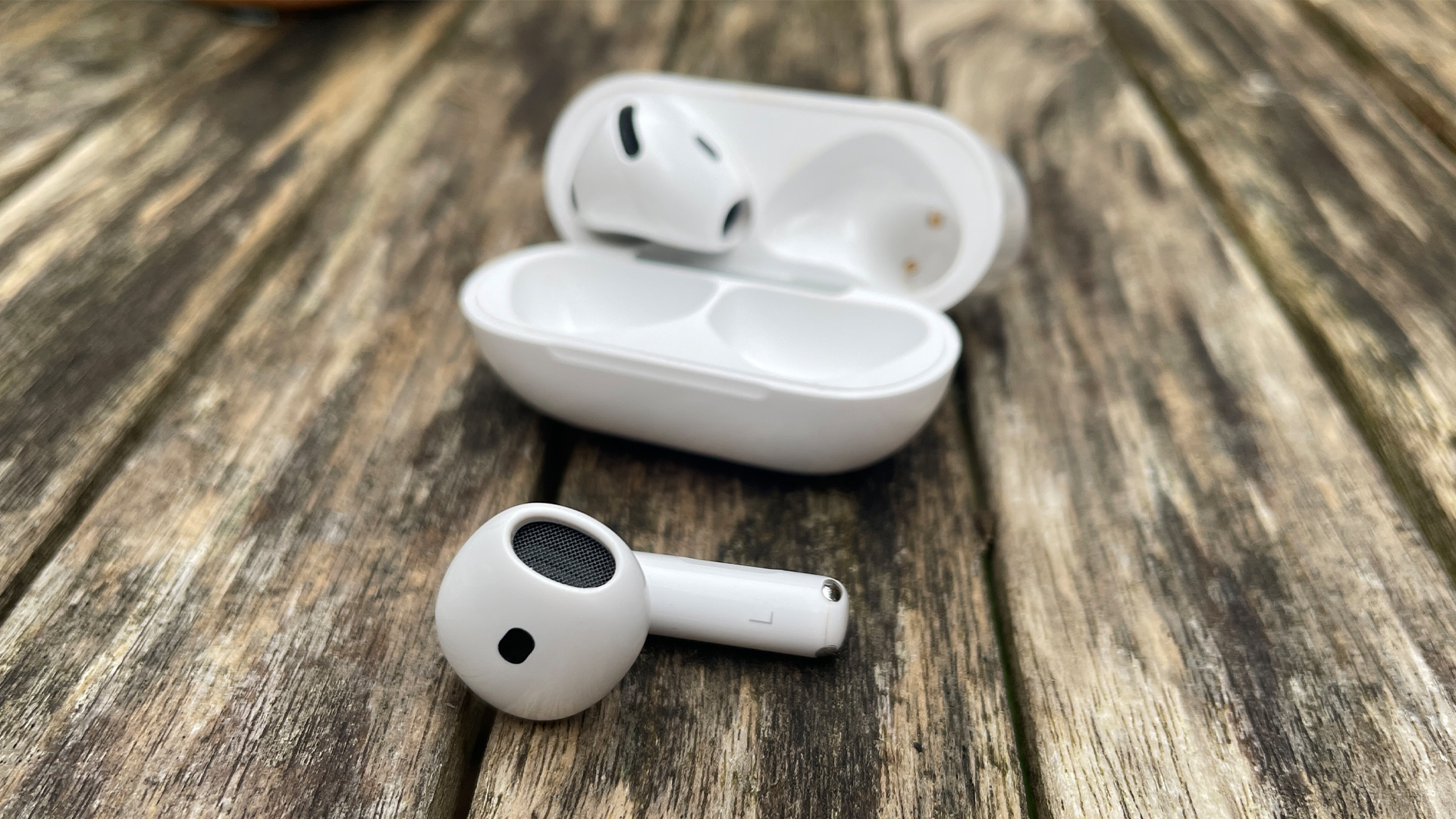
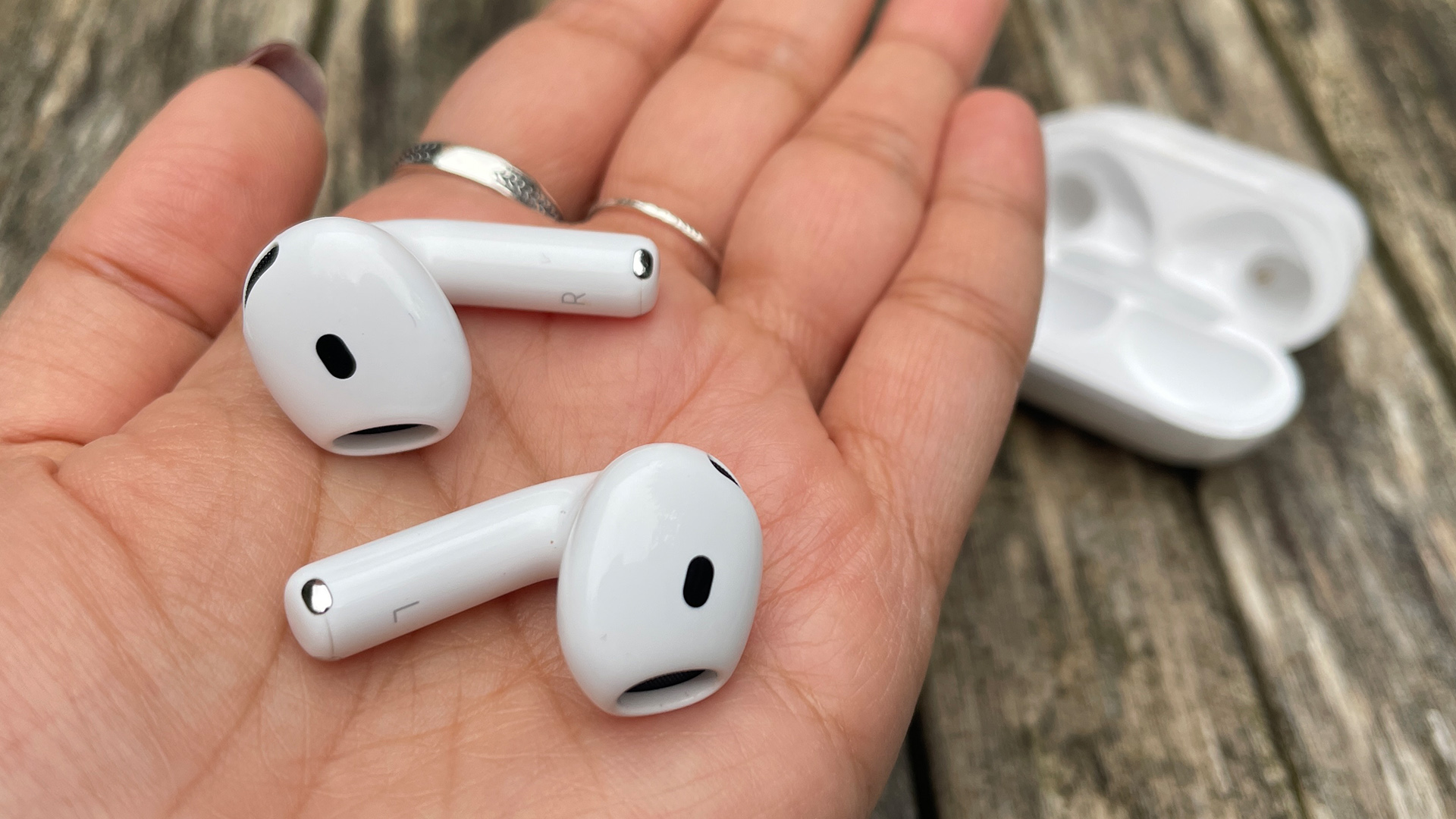
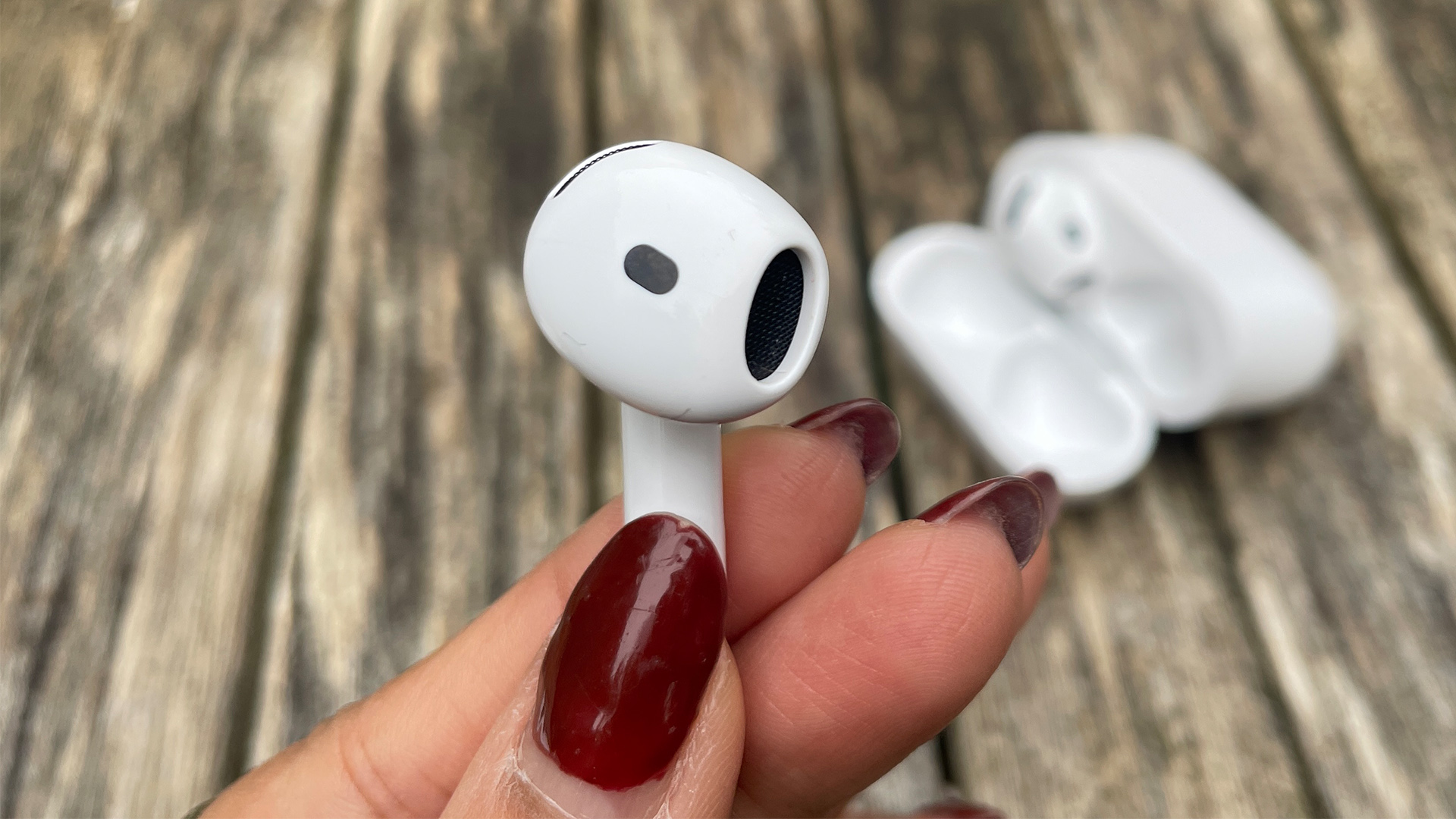
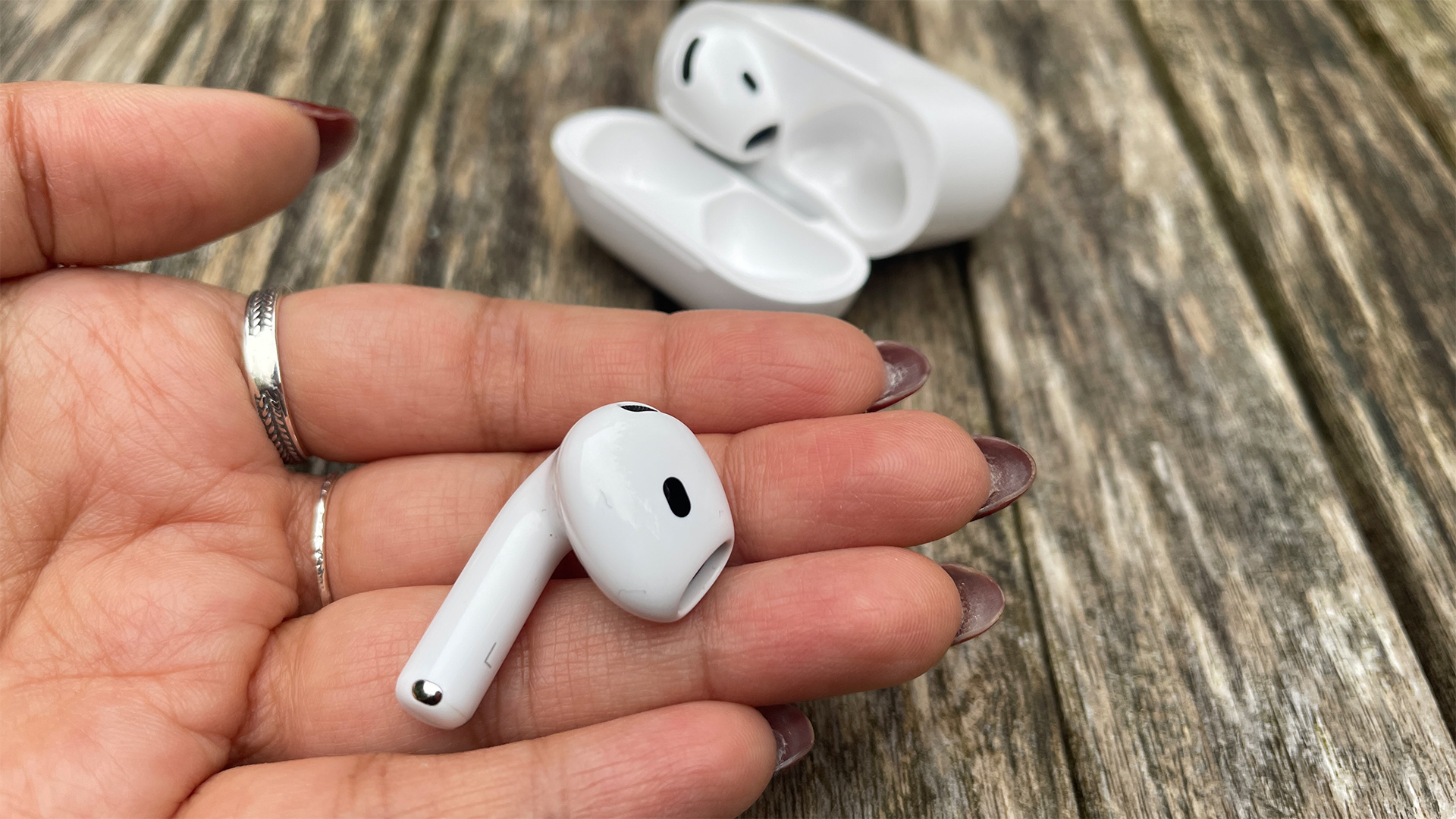
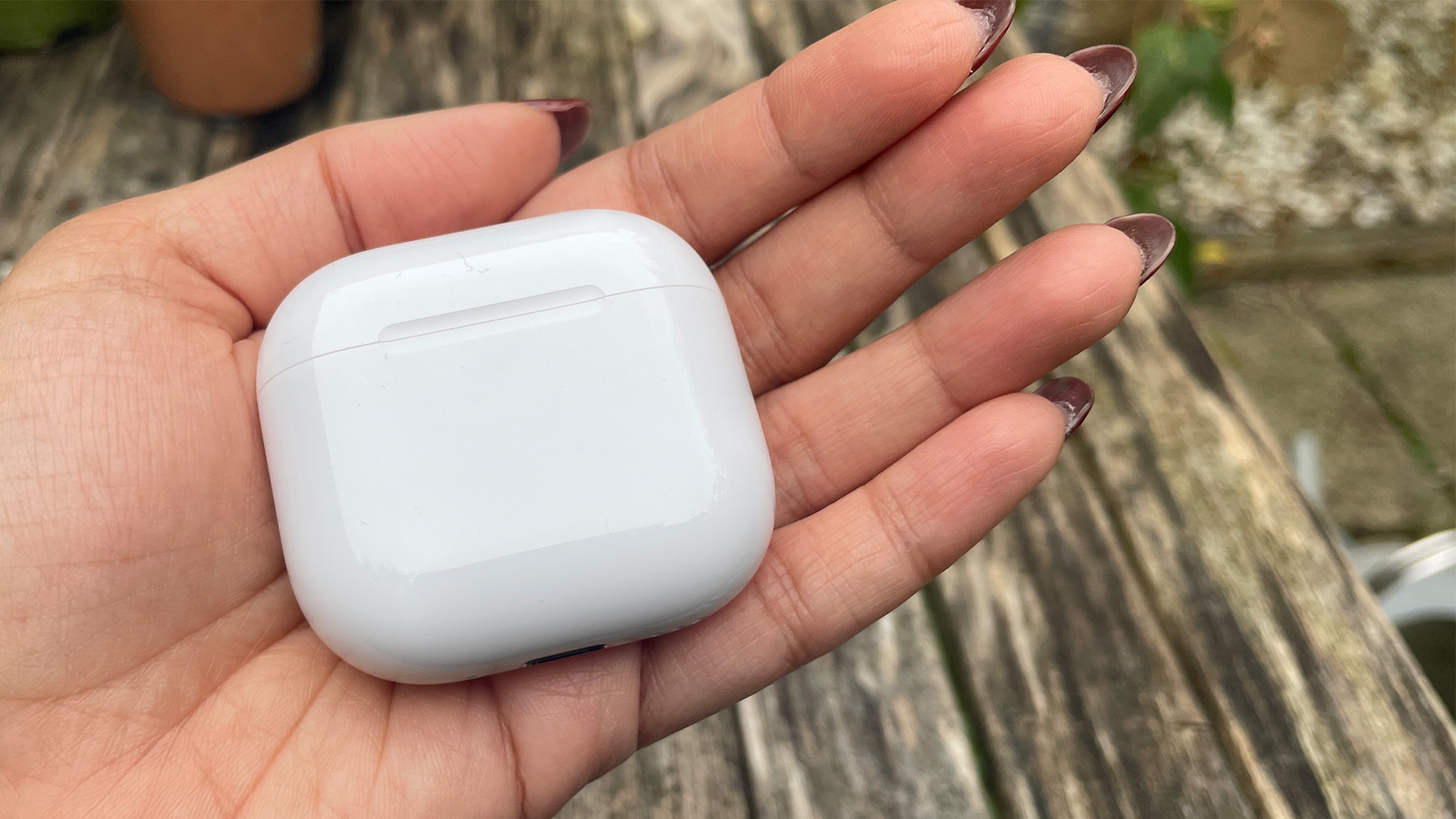
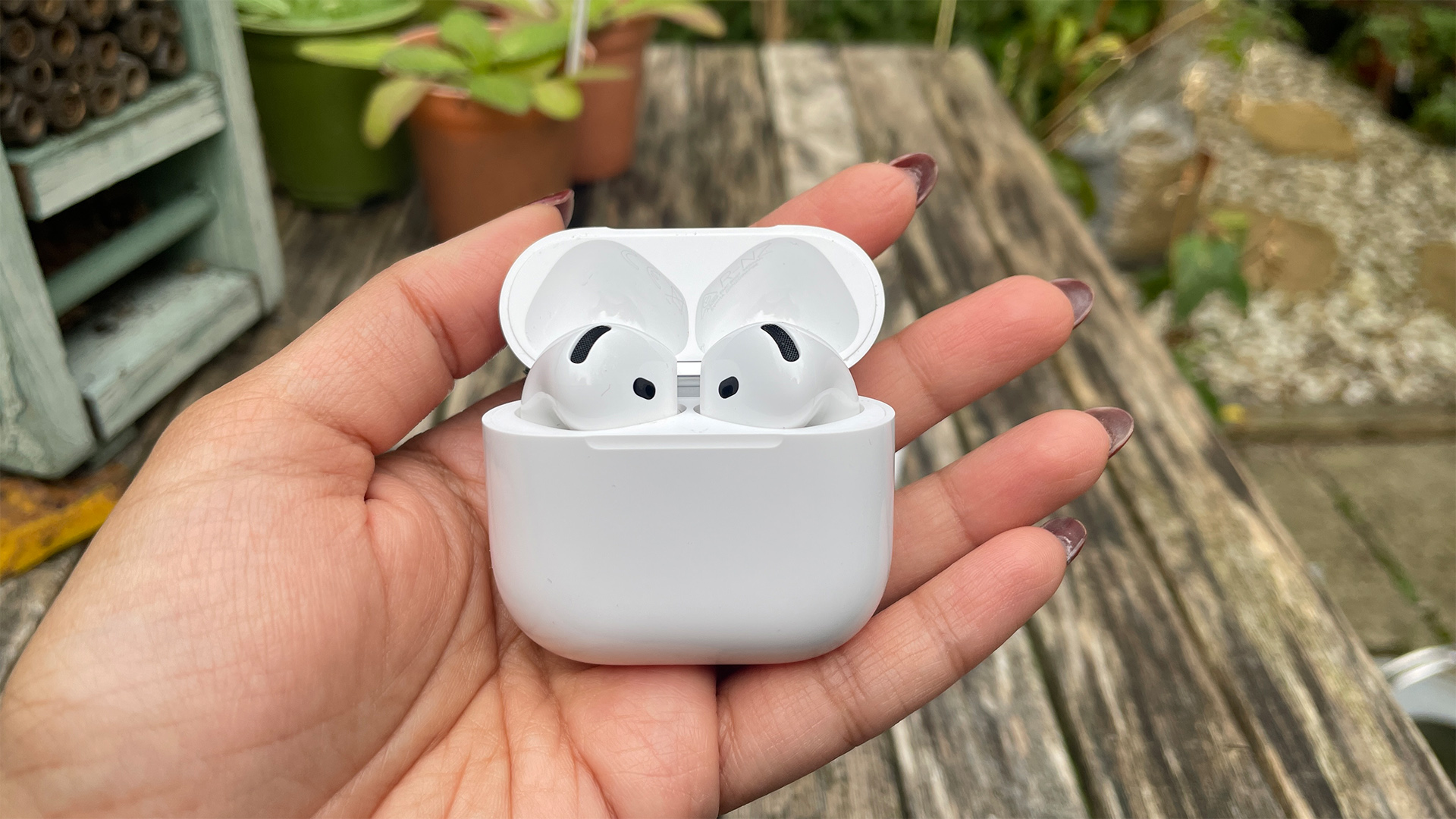
3. Apple AirPods 4 with ANC
Our expert review:
Specifications
Reasons to buy
Reasons to avoid
The AirPods 4 come in two varieties – one with ANC (for £179 / $179 / AU$299) and one without (£129 / $129 / AU$299).
Despite the ANC, they stick with the standard design without adding eartips, though their shape has been refined somewhat.
It's a partial success – some members of our team found they fit their ears very well, while others struggled to keep them in. Try before you buy.
The active noise cancellation is impressive, given there are no eartips to form an air-tight seal and block out unwanted sounds. The effect is most effective with lower frequencies – those further up the frequency scale are more likely to slip through the net. And it's not as comprehensive a solution as with the pricier AirPods Pro 2.
The AirPods 4 with ANC's charging case is the smallest yet, has a speaker for the Find My function, and supports wireless charging.
The non-ANC model lacks the latter two features.
Inside is the same H2 chip as the AirPods Pro 2, which means the Voice Isolation feature can make calls clearer in high wind, and the Personalised volume feature automatically adjusts the volume depending on how loud your environment is.
As well as ANC, the pricier variant of AirPods 4 also have the Adaptive Audio, Conversation Awareness and Transparency features from the AirPods Pro 2, all of which are useful.
What's disappointing is the battery life, which is a measly four hours on a single charge with the ANC turned on, although you do get a total of 30 hours with the charging case.
The AirPods 4 with ANC's sound is more detailed, powerful and overall more entertaining than their predecessor's.
"There’s clarity and detail, agility and balance, along with a focus on voices that make them immediately appealing to listen to," we wrote in our review.
Though – as you would expect – they don't sound quite as superb as the AirPods Pro 2.
They're a great halfway house between the older, cheaper AirPods and the higher-priced model. A great value proposition with just the right amount of compromise.
Read the full Apple AirPods 4 with ANC review
Best budget
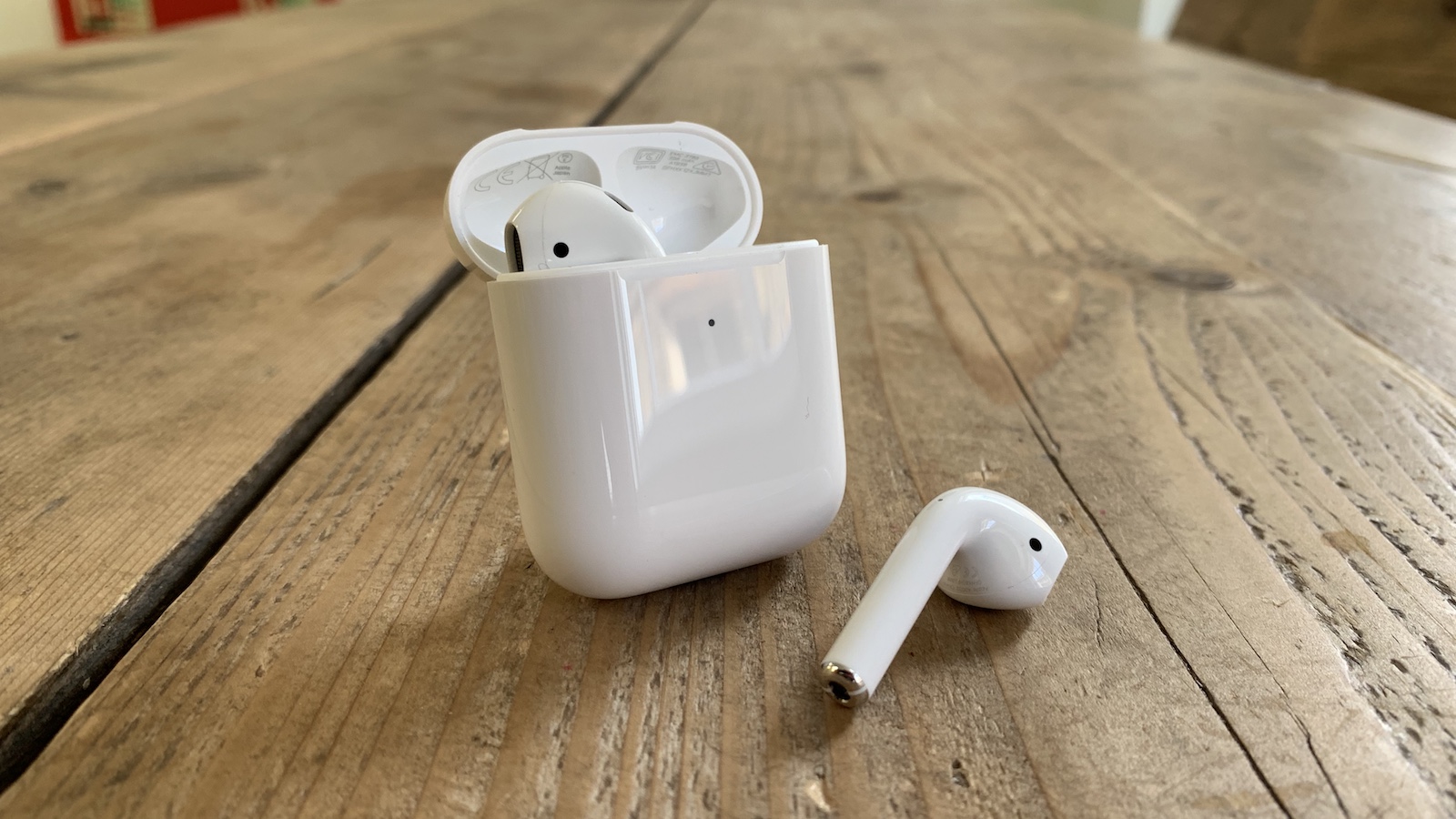
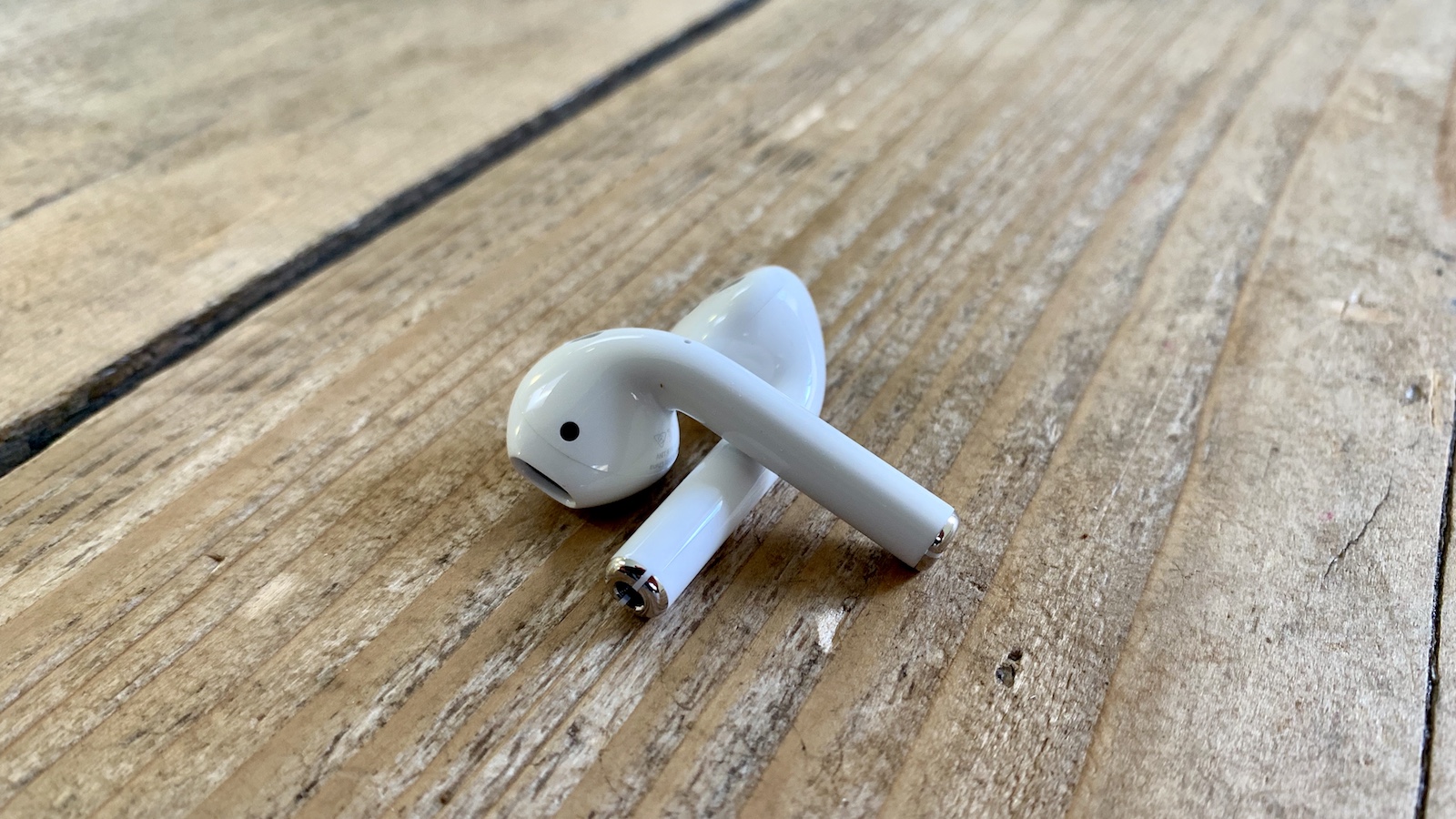
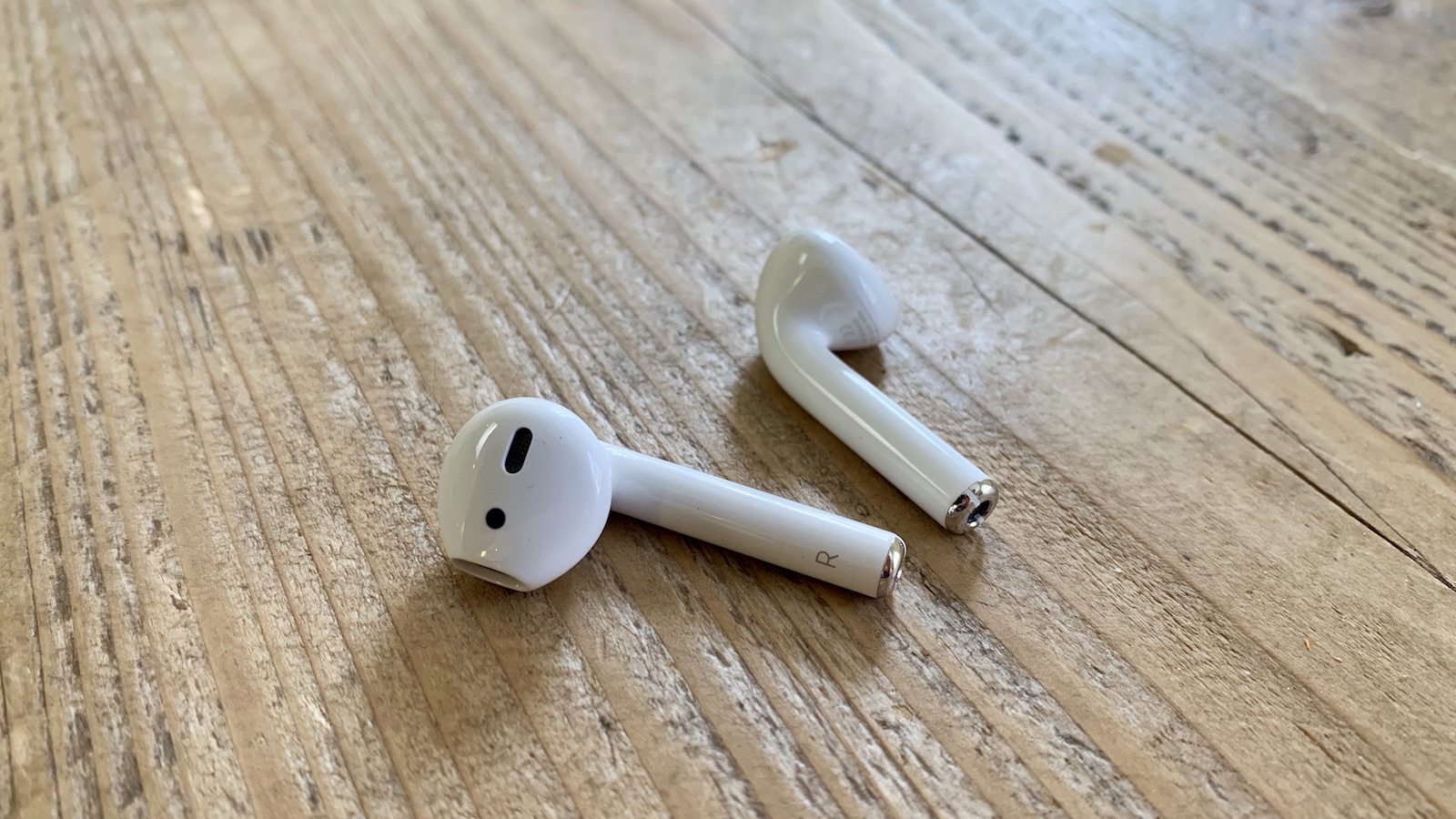
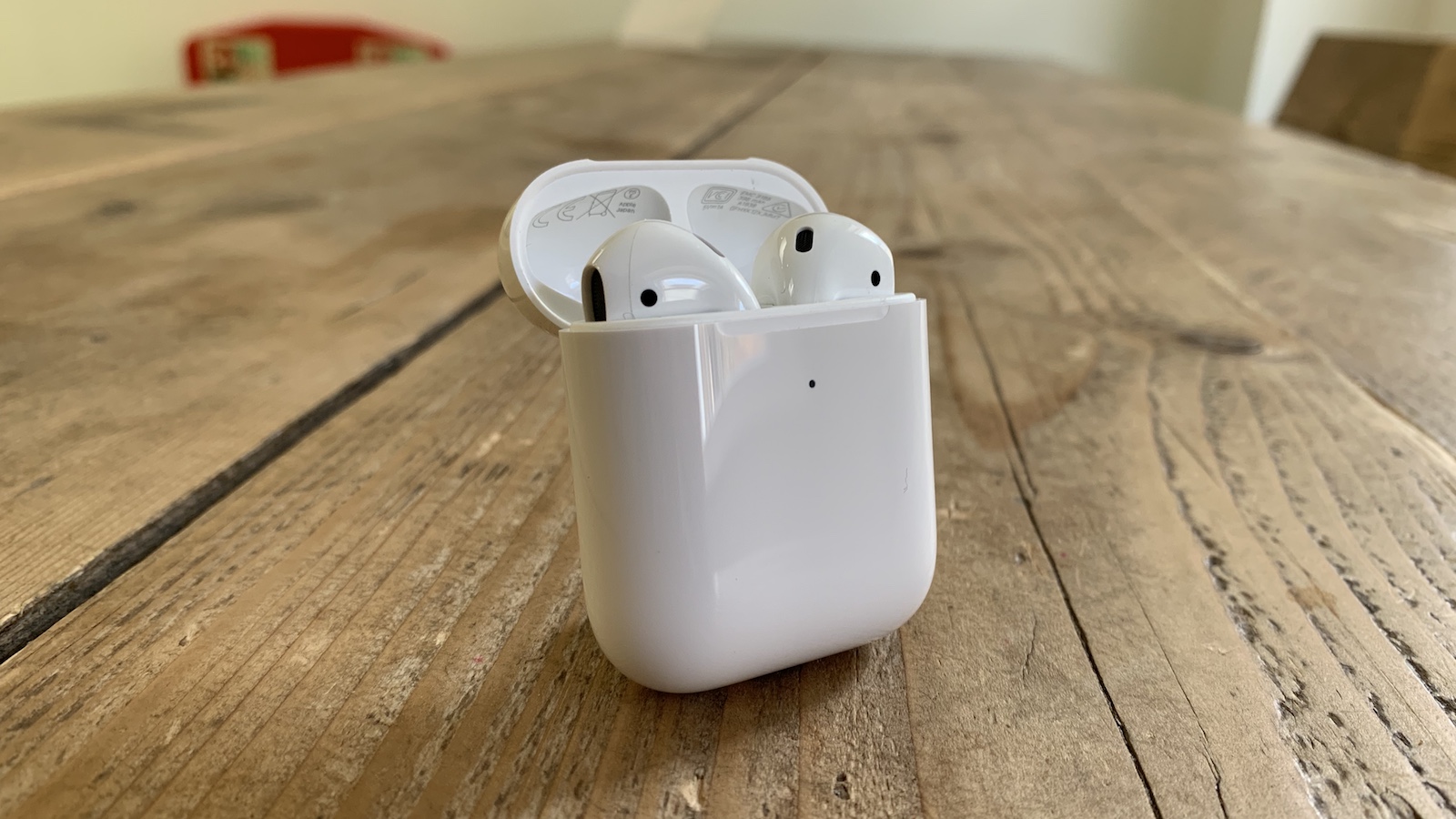
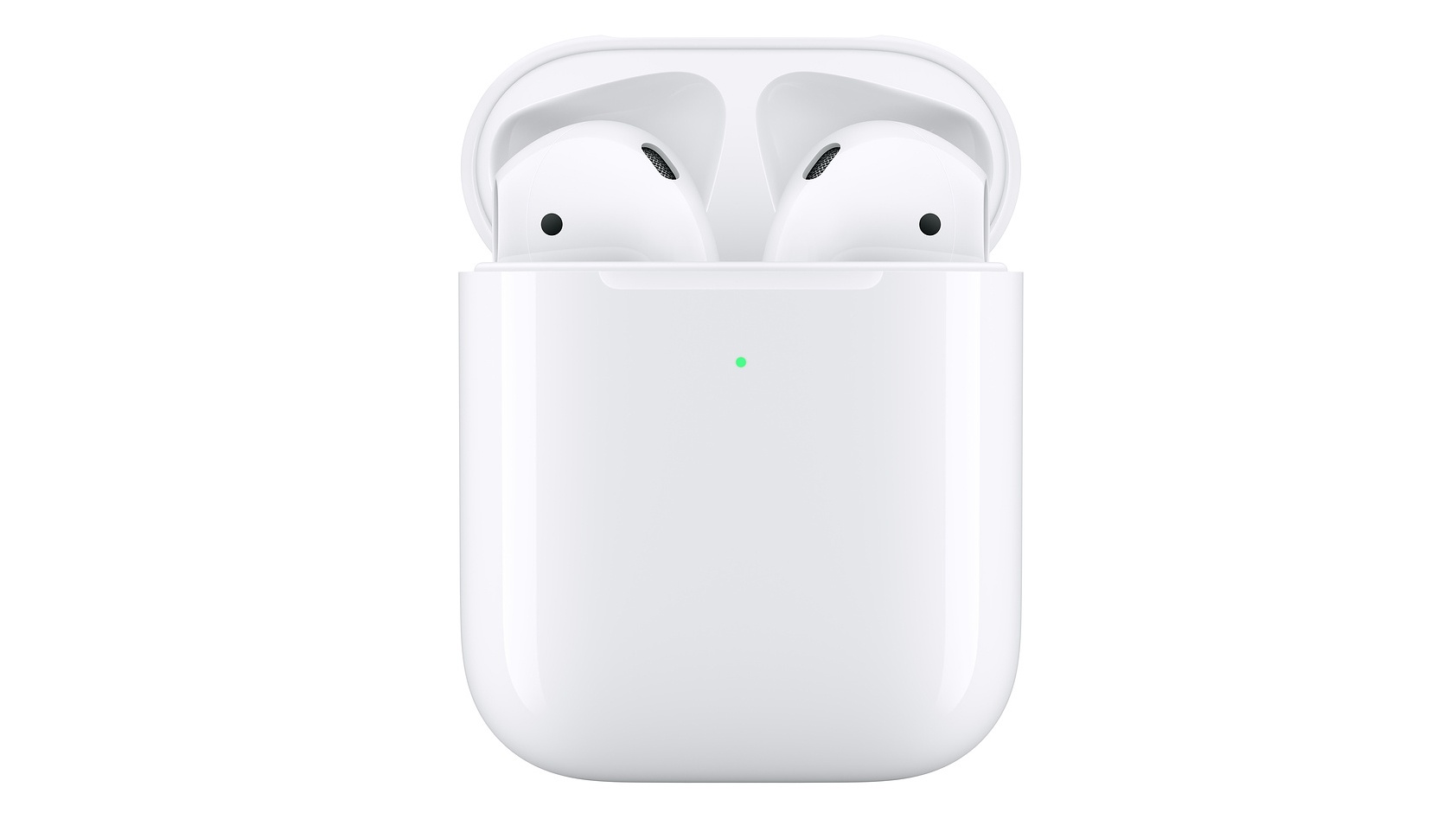
4. Apple AirPods (2019)
Our expert review:
Specifications
Reasons to buy
Reasons to avoid
As a premium company, Apple takes a smart approach to cheaper devices. Instead of investing in new low-end devices, it drops the price of its older ones – or, as with the iPhone 16e, stuffs newer innards into an older chassis.
The first-generation AirPods aren't around anymore, but you can pick up the second-gen model (from 2019) for a pretty reasonable price – they're no longer sold through Apple's website, but they are available from other retailers.
Your money gets you Apple's typically seamless wireless tech, decent – if unremarkable – sound quality and healthy battery life.
There are downsides, of course. They don't sound as good as the latest model, and the battery doesn't last as long.
The stems are longer on this model too, and they don't fit as well as the fourth-generation model.
In terms of sound, they have that neutral, fairly balanced presentation that's present across all AirPods. It sounds more open and organised, offering a greater degree of subtlety and better dynamics than the first-gen pair, which sounded rather dull and lifeless.
But it's not perfect, as we said in our original review: "While cleaner and more organisationally adept than the preceding pair, they still veer towards harshness at high volumes and struggle to make sense of the most built-up sections of some tracks."
But if you're looking for the AirPods experience on the cheap, these are your best option. They're certainly better than some of the knock-offs.
Read the full Apple AirPods (2019) review
Also consider
The best AirPods alternatives we've tested:
Technics EAH-AZ100: Technics is better known for its record players, but the Panasonic-owned brand makes stunning headphones, too. These Award-winning wireless earbuds sound fantastic, and work just as well with Android phones.
Apple AirPods 3: Apple no longer sells the third-gen AirPods, so stock is likely not being replenished. They offer good sound quality, Spatial Audio and USB-C charging, but they're not quite as great as the AirPods 4.
Sony WF-1000XM5: Probably the best AirPods alternatives you can buy, the Award-winning XM5 outgun the AirPods Pro 2 for ANC and sound quality, and they work just as well with Android devices.
Bose QuietComfort Ultra Earbuds (2nd Gen): The second-gen Ultras offer wireless charging and more advanced ANC than the first gen, as well as an upgraded sound from the same driver. The best noise-cancelling earbuds you can buy.
Sony WF-C710N: Cheaper than the cheapest AirPods, these Award-winning Sony earbuds pack excellent noise-cancellation, very good sound quality and a bunch of features that far exceed their price. If you want to go even cheaper – and forego ANC – check out the Award-winning Sony WF-C510.
Bowers & Wilkins Px7 S3: B&W's latest over-ears give the AirPods Max a run for their money. They're slightly cheaper than the Max, with the usual premium B&W build quality and great sound.
Sony WH-1000XM6: Sony's best wireless headphones yet. Again, they're slightly cheaper than the AirPods Max, but deliver on all fronts. The over-ears to beat right now, and our current Award winners.
How to choose the best AirPods for you
First things first – are AirPods definitely the best headphones for you? If you don't have an iOS device like the iPhone 16, then probably not.
Yes, Apple's AirPods do work with other devices, but to get the best out of them, you really need to have at least one foot in Apple's ecosystem.
Next, you'll want to decide between an over-ear or in-ear design. Apple's over-ears are the AirPods Max, a pricey pair of noise-cancelling wireless headphones.
Your in-ear options are either the standard AirPods (choose between the AirPods 4, AirPods 4 with ANC or AirPods 3), and the AirPods Pro (first- and second-generation models – the first-gen AirPods Pro are no longer sold by Apple, but you might find them elsewhere).
The AirPods Pro offer active noise-cancellation, as do the AirPods 4 with ANC, but other in-ear AirPods do not.
Then there's the question of budget. The AirPods Max sit at the top of the range, and are even more expensive than most of the best noise-cancelling headphones offered by Sony, Bose and Bowers & Wilkins.
The AirPods Pro 2 are the next priciest pair, followed by the AirPods 4 with ANC, AirPods 4 and then third- and second-gen AirPods.
You can always find cheaper AirPods alternatives, but you have to weigh up whether they will meet your needs.
Whichever pair you choose, be sure to check out our AirPods tips and advice on how to clean your AirPods.
How we test AirPods
You've probably read all about our state-of-the-art testing rooms, but they're not the only place we review AirPods. Instead, we take them out and about where most people will use theirs: on the train, to the pub, in busy shops, on the bus.
And if the opportunity presents itself, we'll take them on a plane to see how their noise-cancellation handles screaming children.
We don't test AirPods in isolation – we pit them against the best wireless earbuds (or over-ear headphones, in the case of the AirPods Max) in the same price bracket to see how they compare. Because there's nothing worse than discovering you haven't bought wisely.
We test hundreds of pairs of headphones every year for our reviews as well as What Hi-Fi? Awards judging, and with over 100 years of experience between us, we know what we're talking about.
Our stock room stays chock full of class-leading products against which we compare new ones.
When it comes to analysing sound quality, the testing rooms come into their own – it's nice and quiet down there, with no distractions.
Like all headphones we test, we give each pair of AirPods plenty of time to run in, and play all manner of different music genres through them – ours is a broad church, and there's no better way to judge performance.
We try each and every feature – including the oft-overlooked call quality – and subject the ANC to all kinds of different background sounds in different environments (cue the screaming kids).
We agree our review verdicts as a team rather than giving one person the power to make or break a product. Not only does this eliminate the potential for personal bias, it also makes sure we're being as thorough as possible.
We don't take any suggestions from PR or sales people, not now, not ever. We've been delivering honest, unbiased reviews for nearly 50 years, and don't intend to stop now.
You can read more on our dedicated how we test page.
F.A.Q
Which are the best AirPods?
It depends what you're looking for and how much you have to spend. The best in terms of performance are the AirPods Max, but such a pricey over-ear pair won't be for everyone.
We find the AirPods Pro 2 the best overall when you consider features, performance and price. These could be replaced by the AirPods Pro 3, but we won't know until we've reviewed them.
Are AirPods worth it?
If you don't use an iOS device, then no, as quite a few AirPods features are iOS-only. Android users will be better served by a decent pair of Sonys or Boses. But Apple users will find that AirPods work seamlessly with their other devices.
Why are AirPods 3 so cheap?
Not everyone would consider them cheap – there are much cheaper wireless earbuds around. But they forego more advanced features like active noise-cancellation and different sizes of ear tips that you find on the AirPods Pro 2 to be more affordable.
Recent updates
- 11th November 2025: Rewrote intro to mention AirPods Pro 3, which are now referenced throughout.
- 18th August 2025: Replaced Bose QuietComfort Ultra Earbuds with the QuietComfort Ultra Earbuds (2nd Gen) in 'Also consider'.
- 23rd May 2025: Added Bowers & Wilkins Px7 S3 and Sony WH-1000XM6 to 'Also consider', replaced Sony WF-C700N with WF-C710N in the same section.
- 18th March 2025: Added Technics EAH-AZ100 to 'Also consider'. Added mentions of the iPhone 16e and the AirPods Pro 2's hearing aid features.
- 9th January 2025: Rewrote intro. Updated references to more recent models of AirPods and other headphones. Mentioned that Apple refreshed the AirPods Max at the end of 2024.
- 17th October 2024: Added AirPods 4 with ANC to main list. Moved AirPods 3 to 'Also consider'. Rewrote intro.
- 16th August 2024: Deleted Jump Menu. Rewrote intro.
- 9th May 2024: Added Top Tip and a new intro.
- 23rd February 2024: Changed to new Best Buy format. Added new 'Also Consider' section, new F.A.Q section.
- 11th December 2023: Added new intro text.
- 5th October 2023: Added references to the iPhone 15 and the new USB-C case for the AirPods Pro 2. Dropped first-gen AirPods Pro from the list.
- 1st June 2023: Added new images for entries.
Today's best AirPods deals
The latest hi-fi, home cinema and tech news, reviews, buying advice and deals, direct to your inbox.
Joe has been writing about tech for 20 years, first on staff at T3 magazine, then in a freelance capacity for Stuff, The Sunday Times Travel Magazine (now defunct), Men's Health, GQ, The Mirror, Trusted Reviews, TechRadar and many more. His specialities include all things mobile, headphones and speakers that he can't justifying spending money on.

